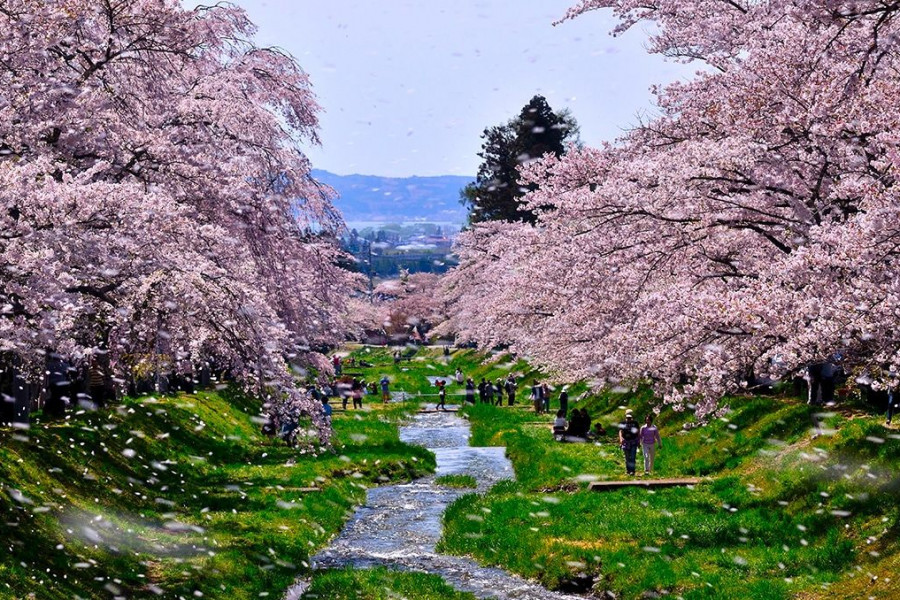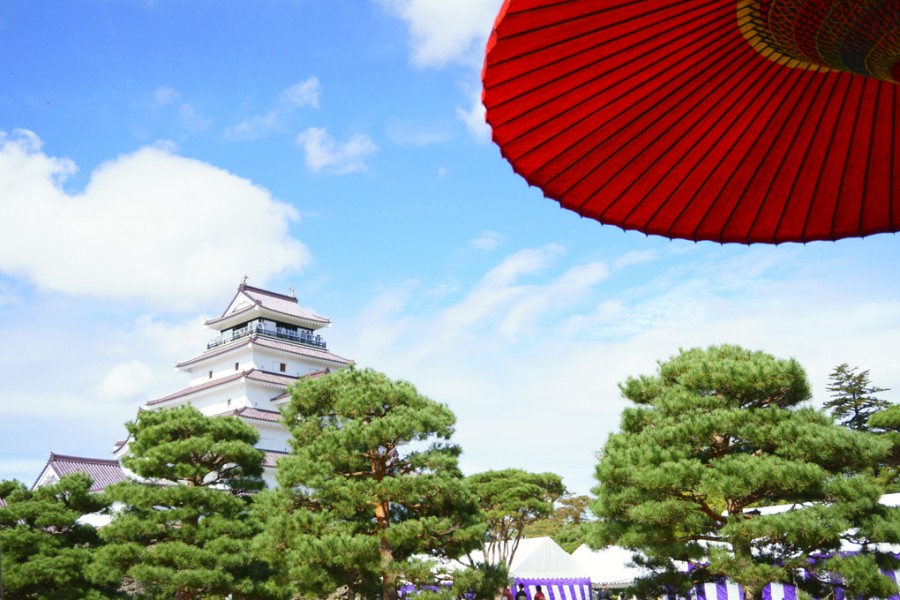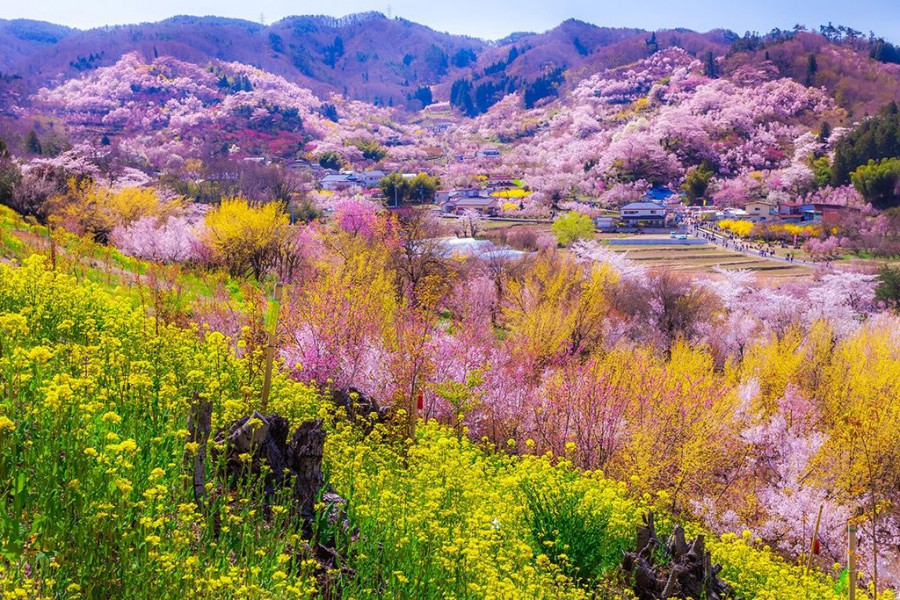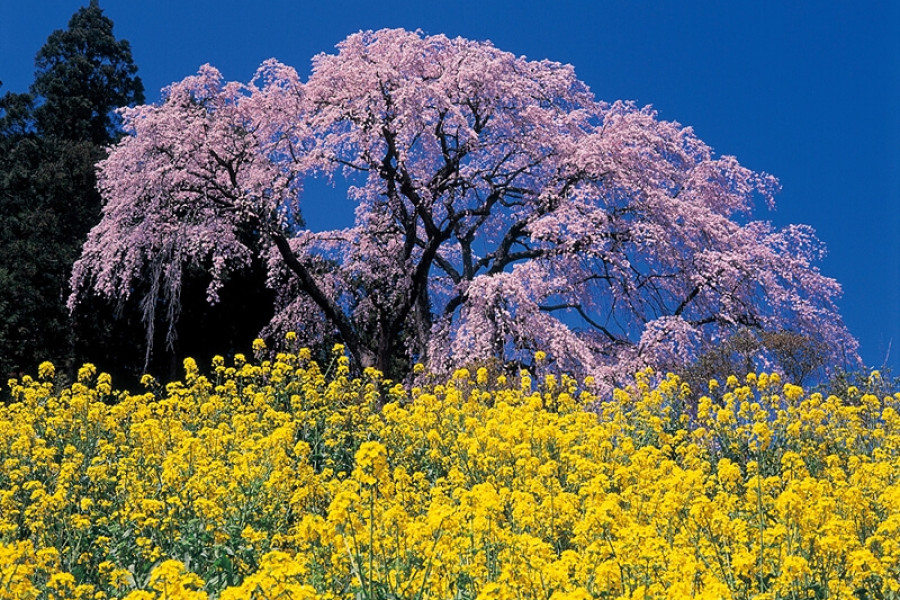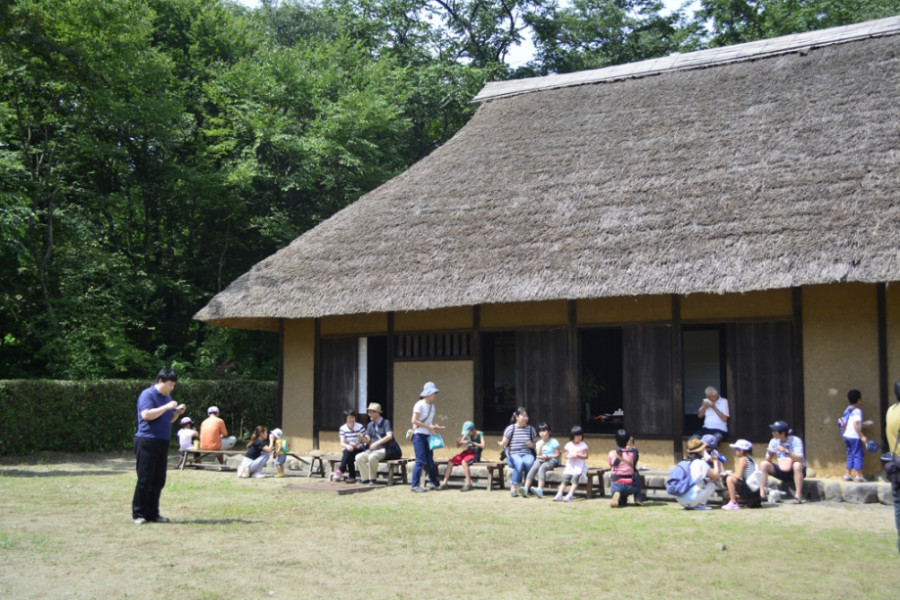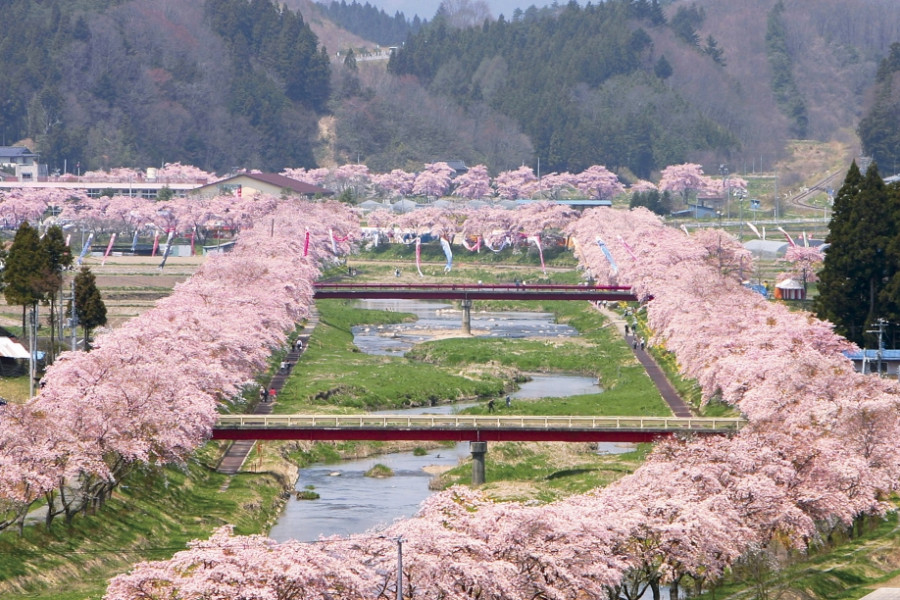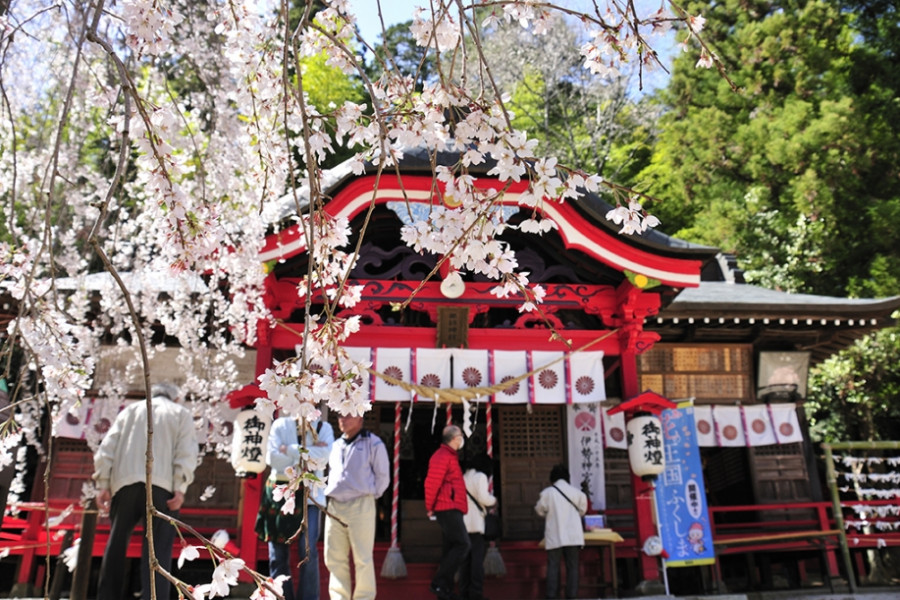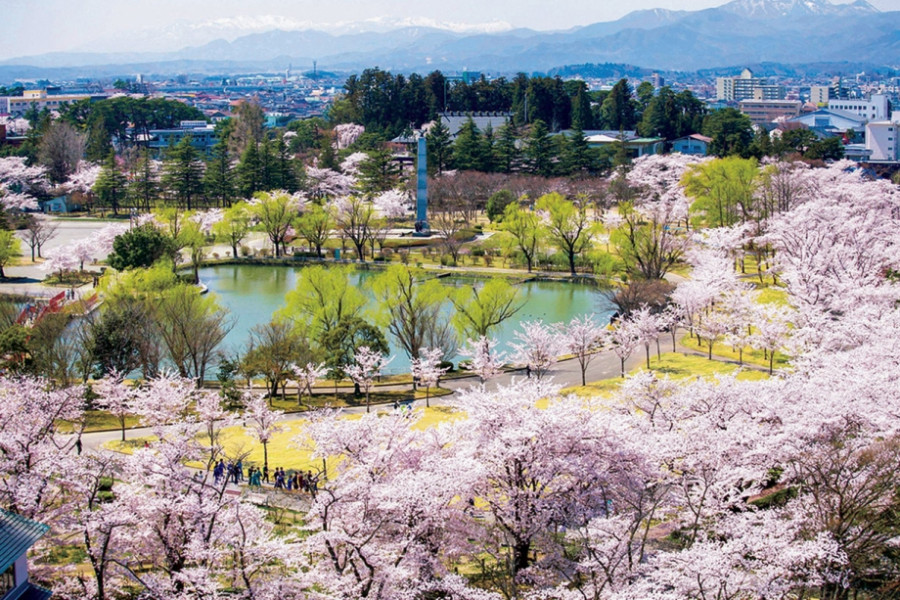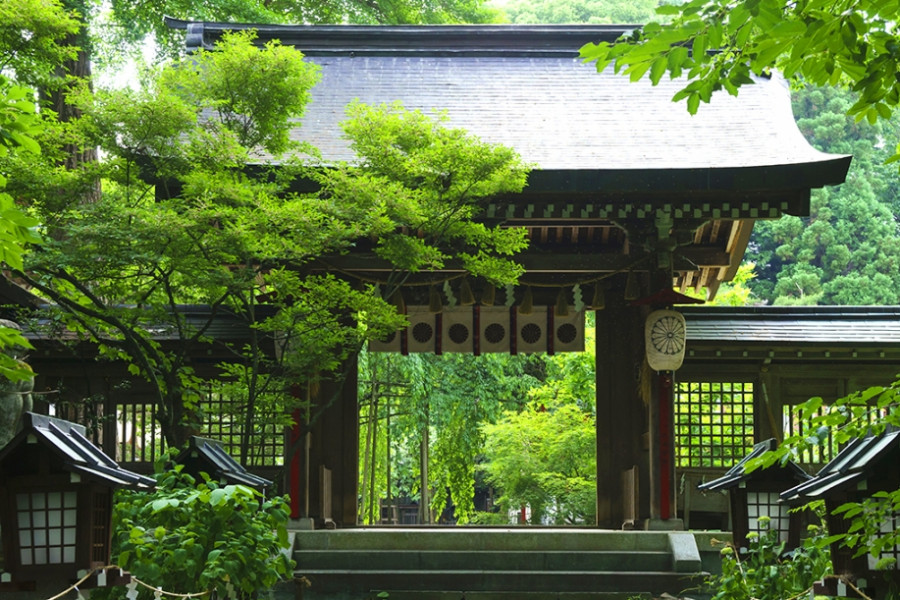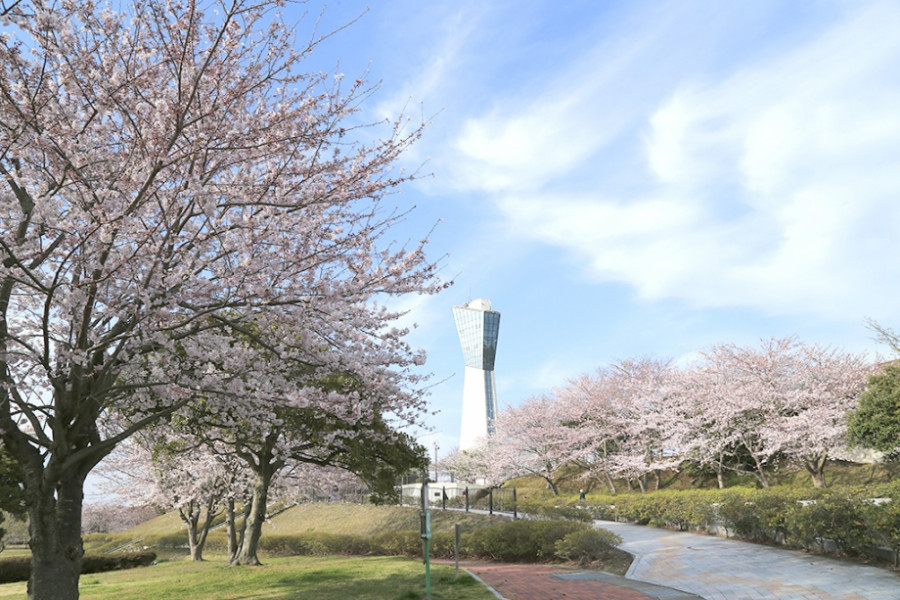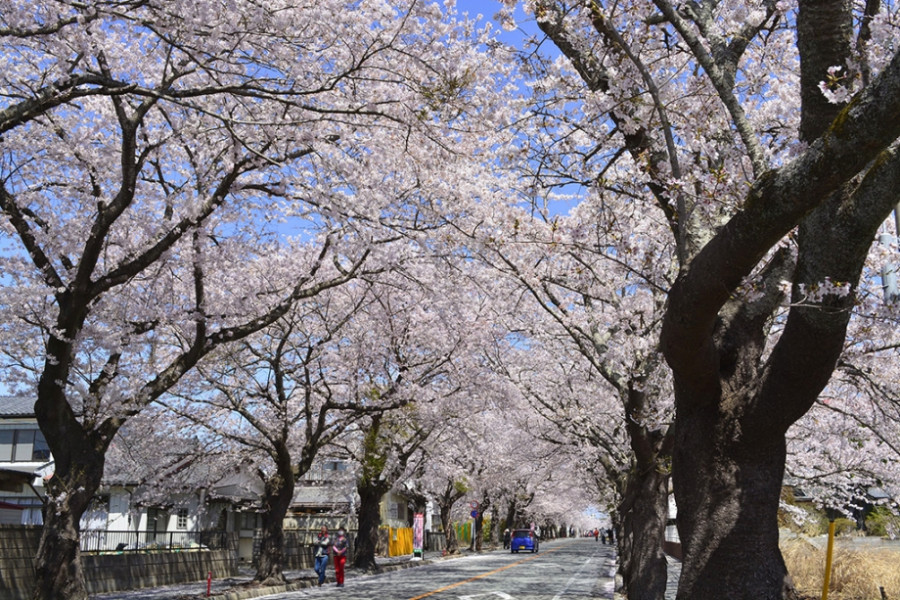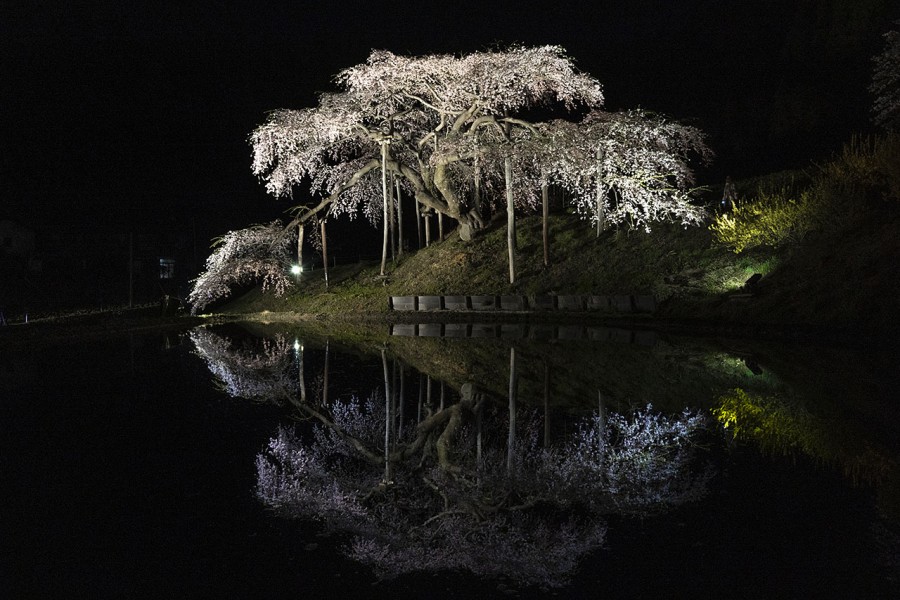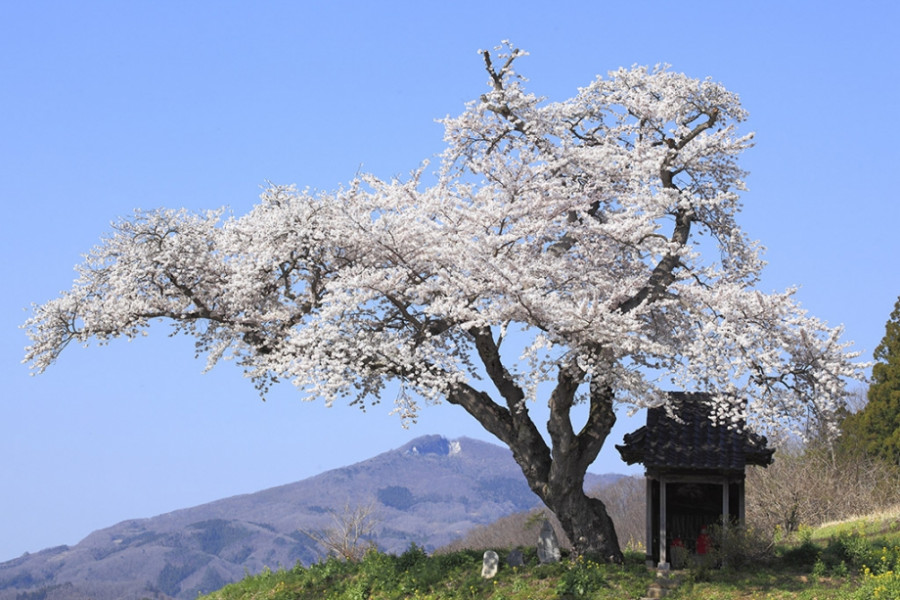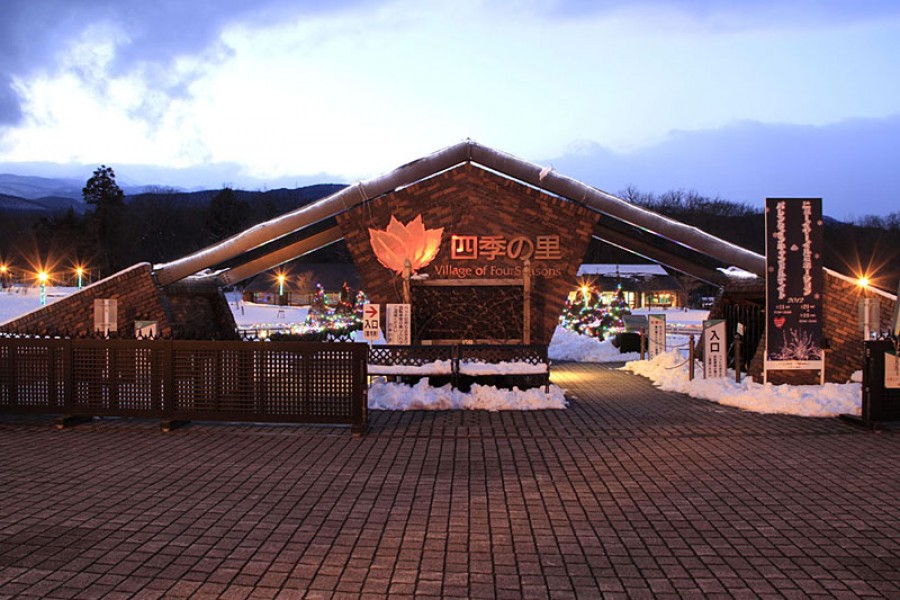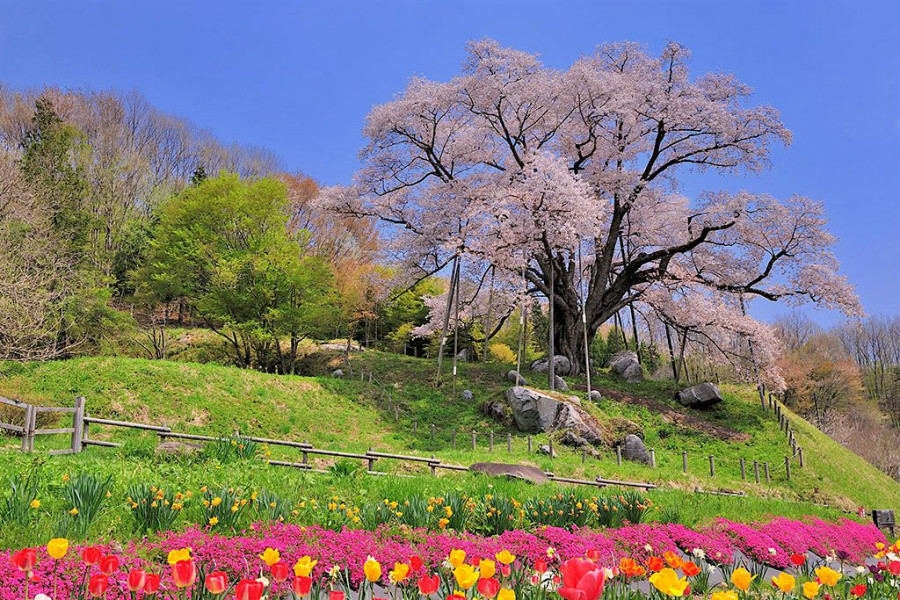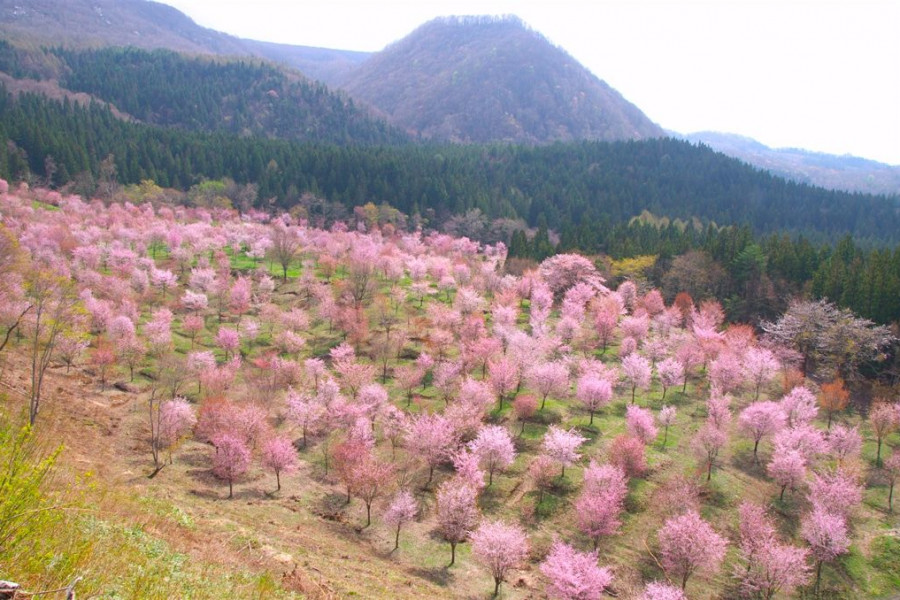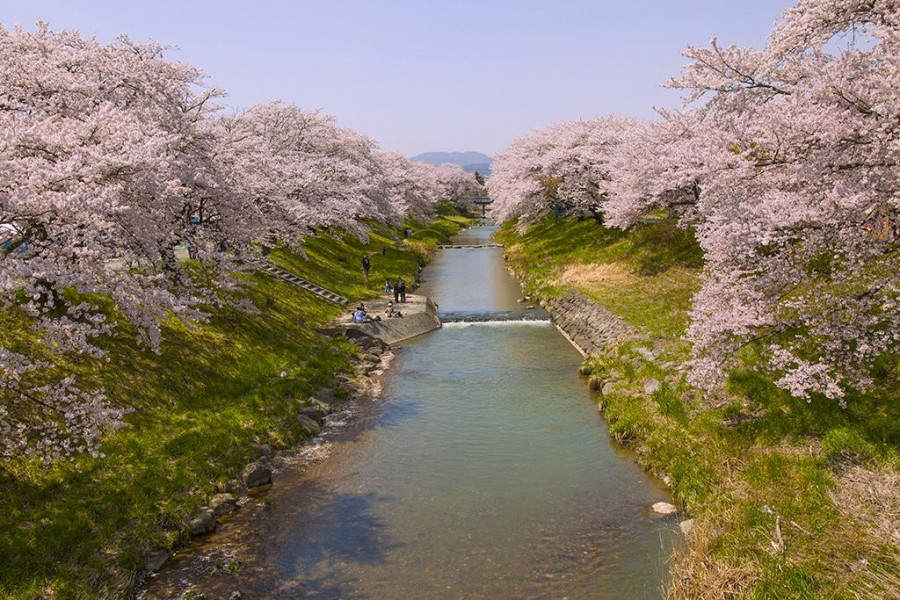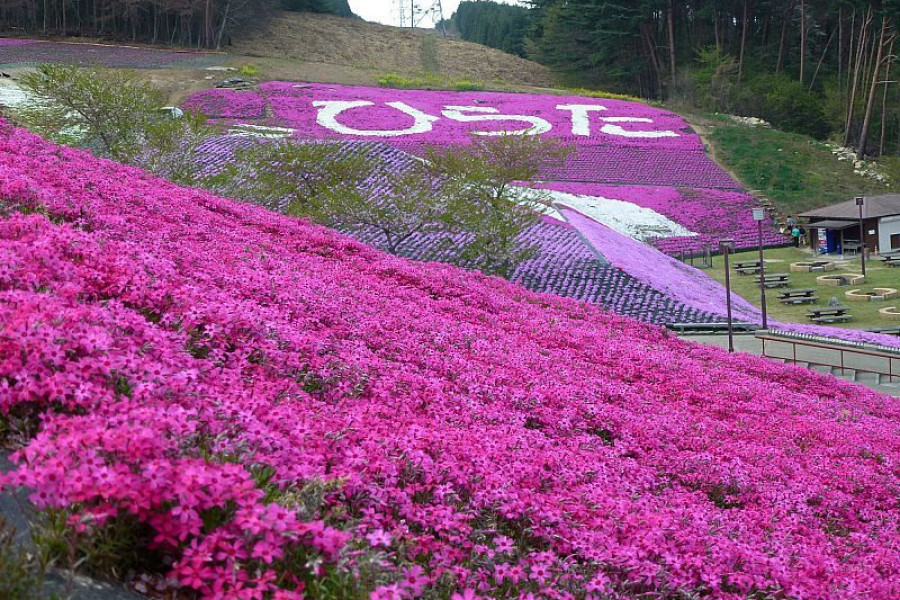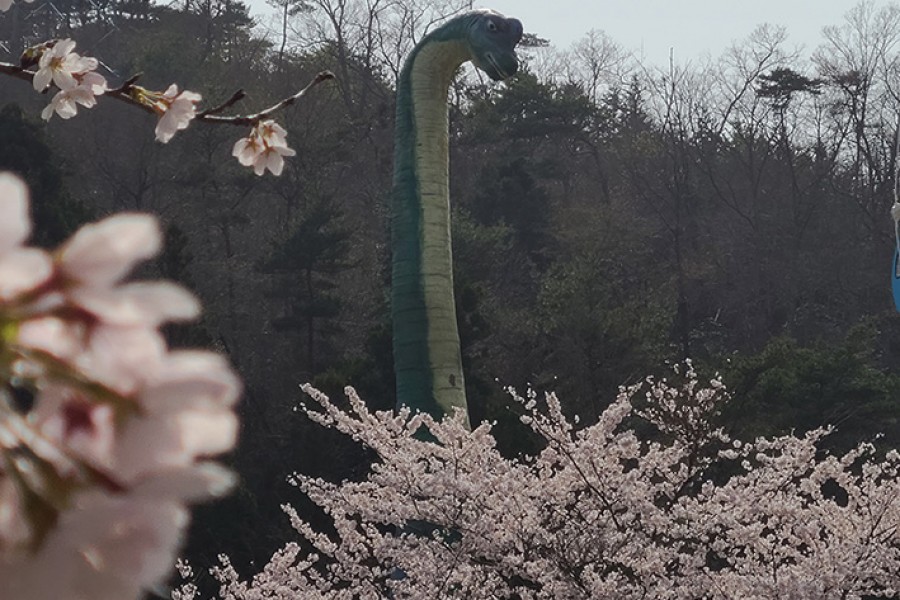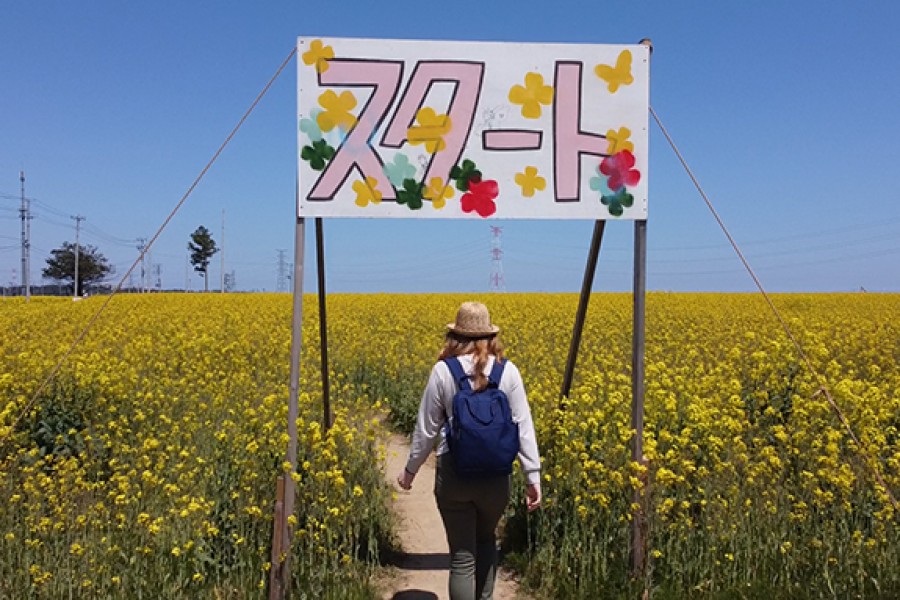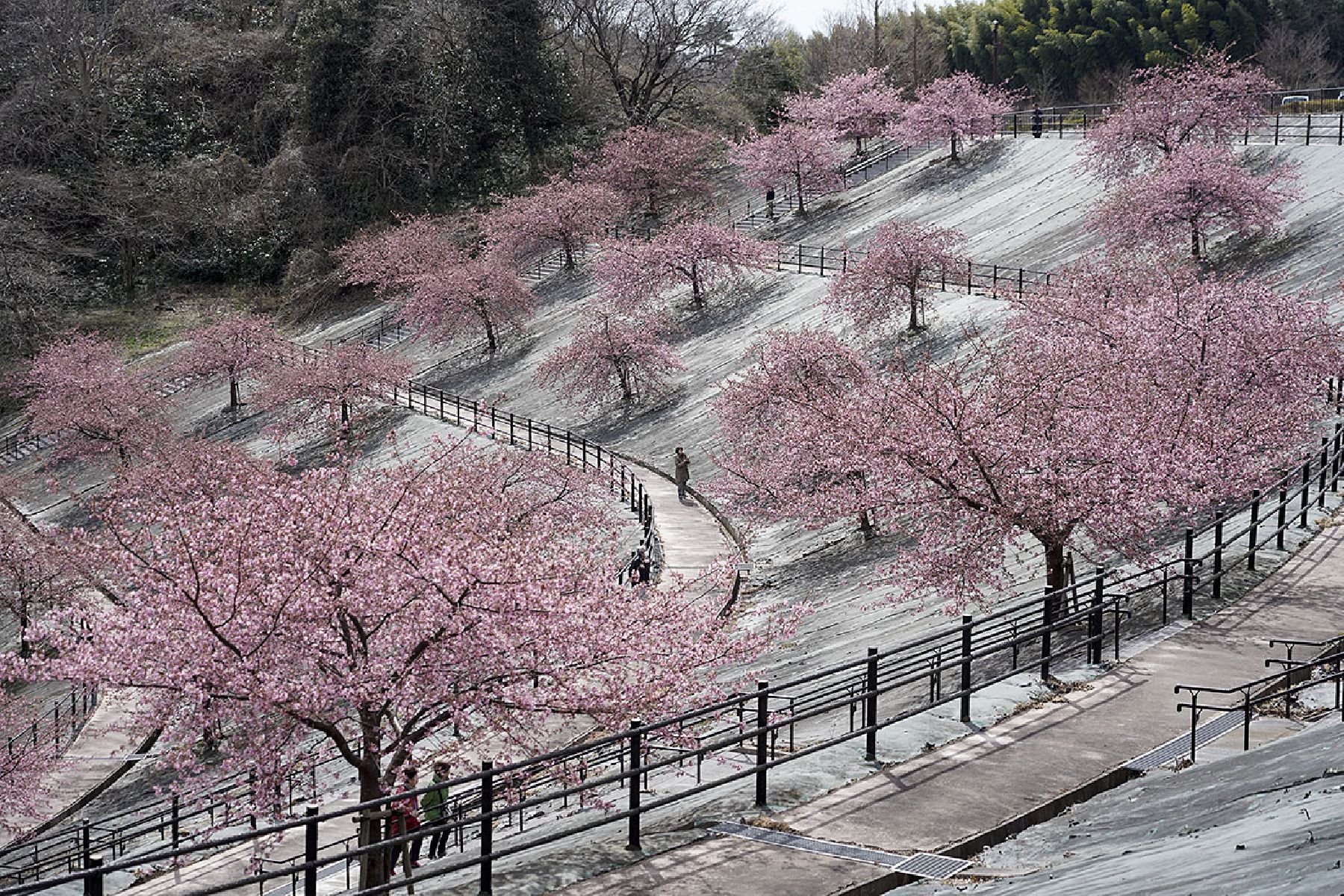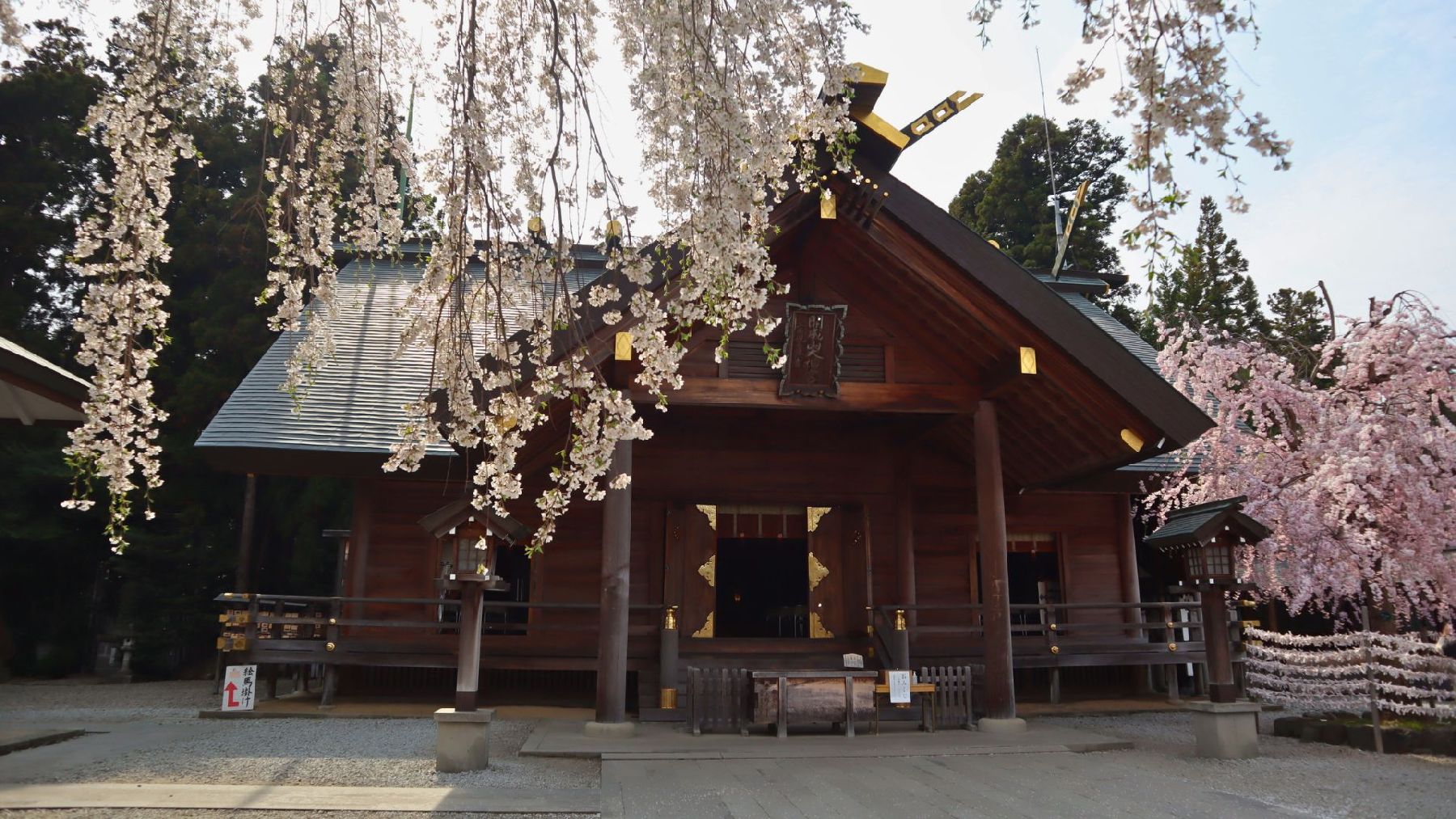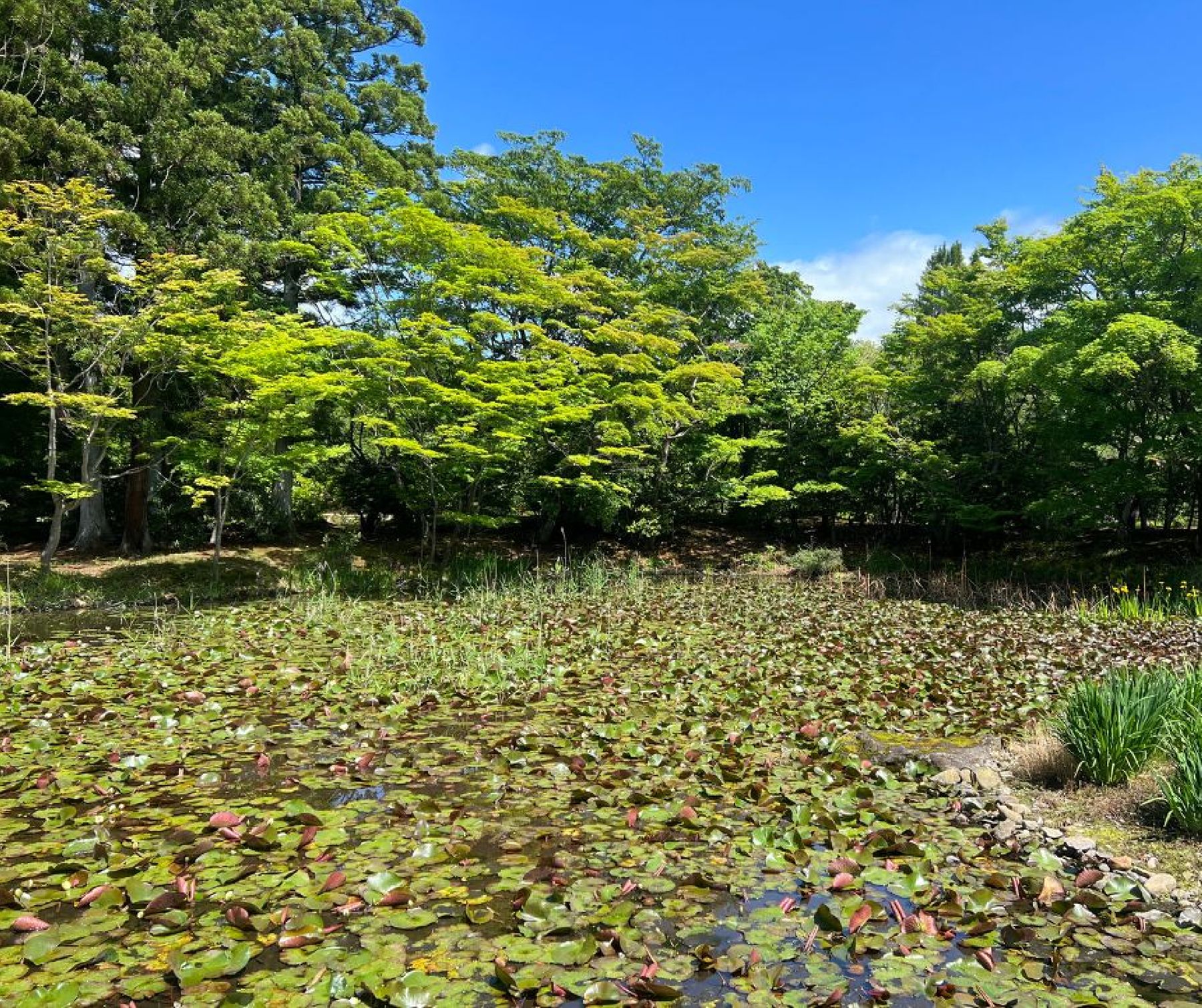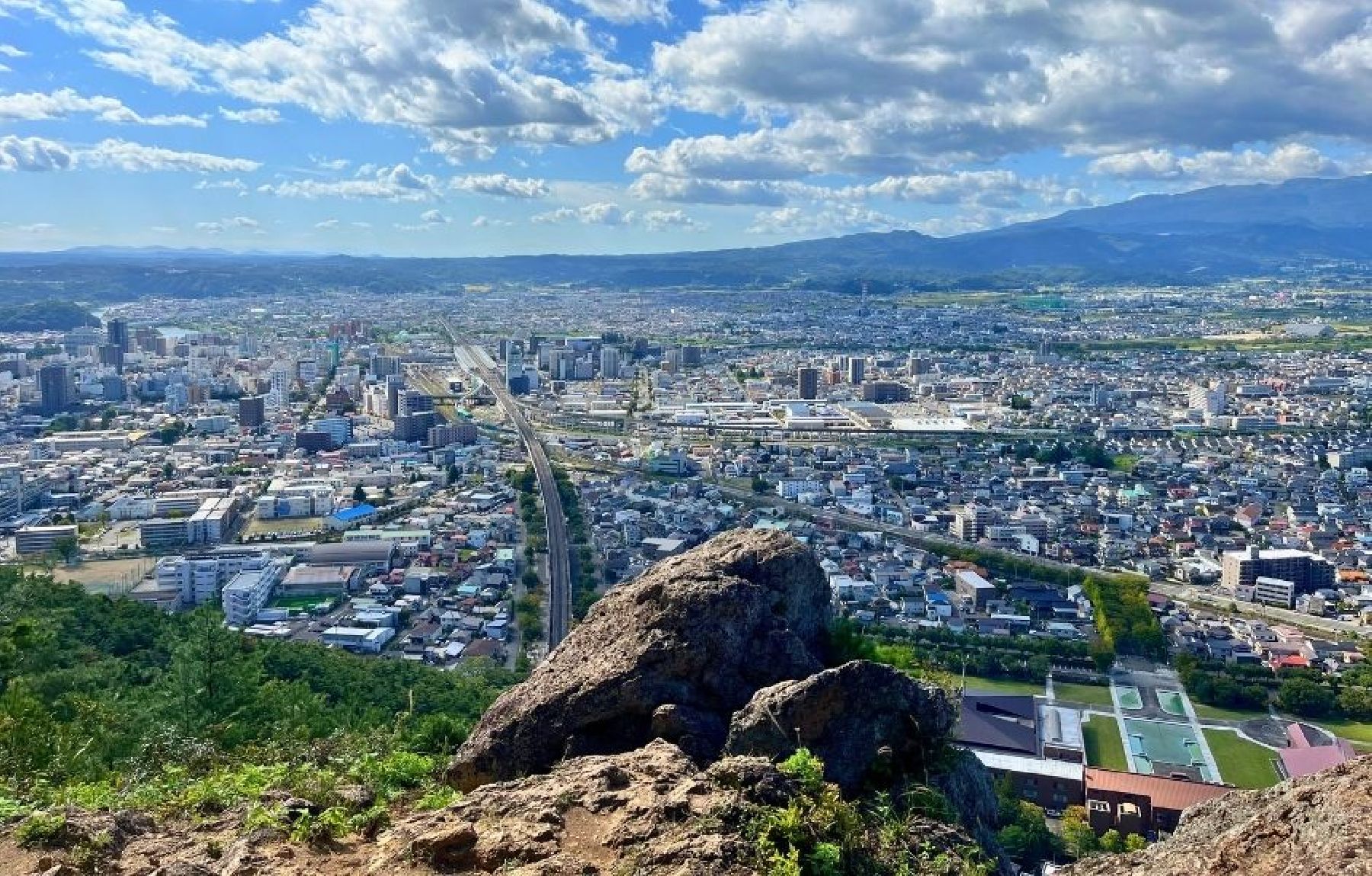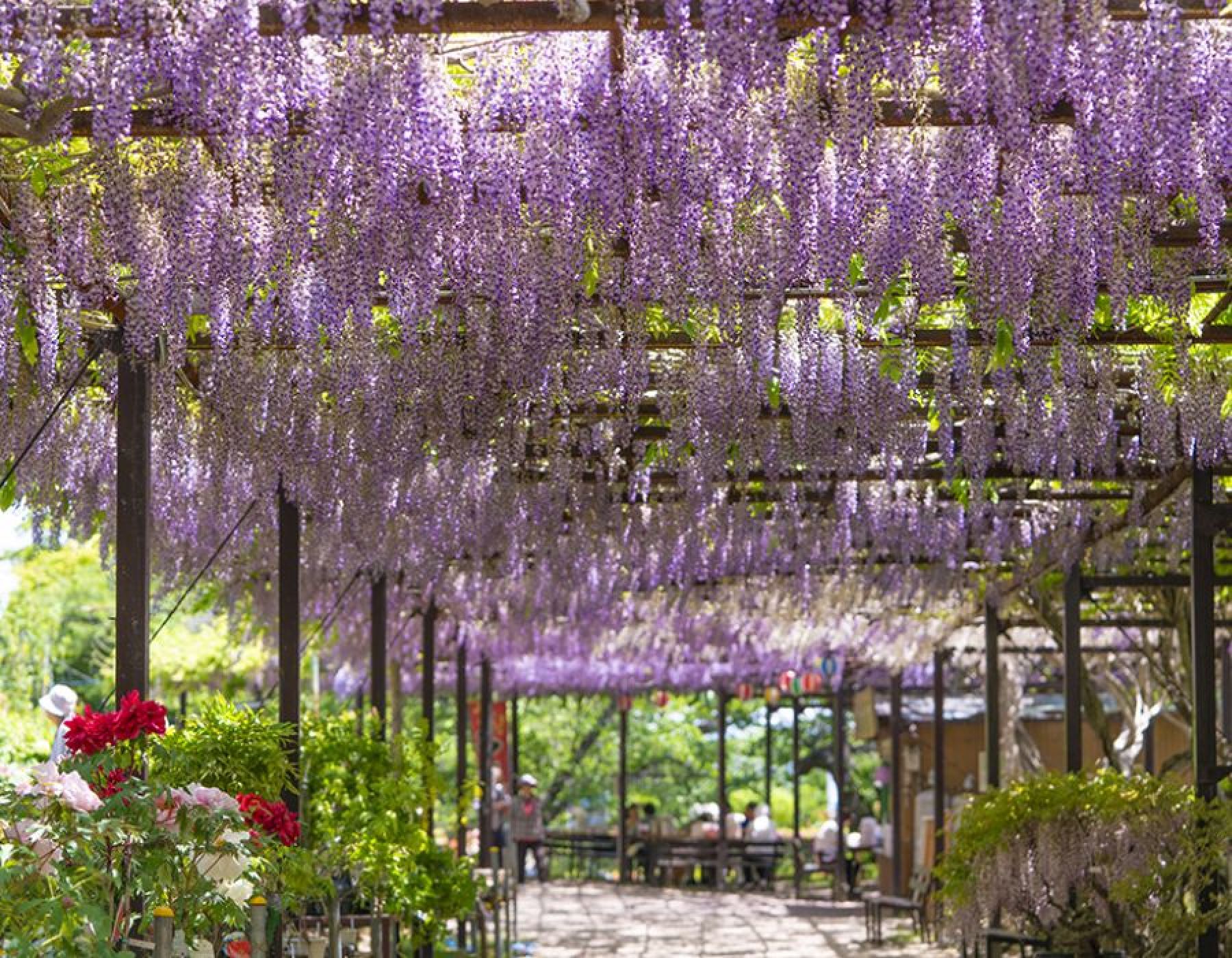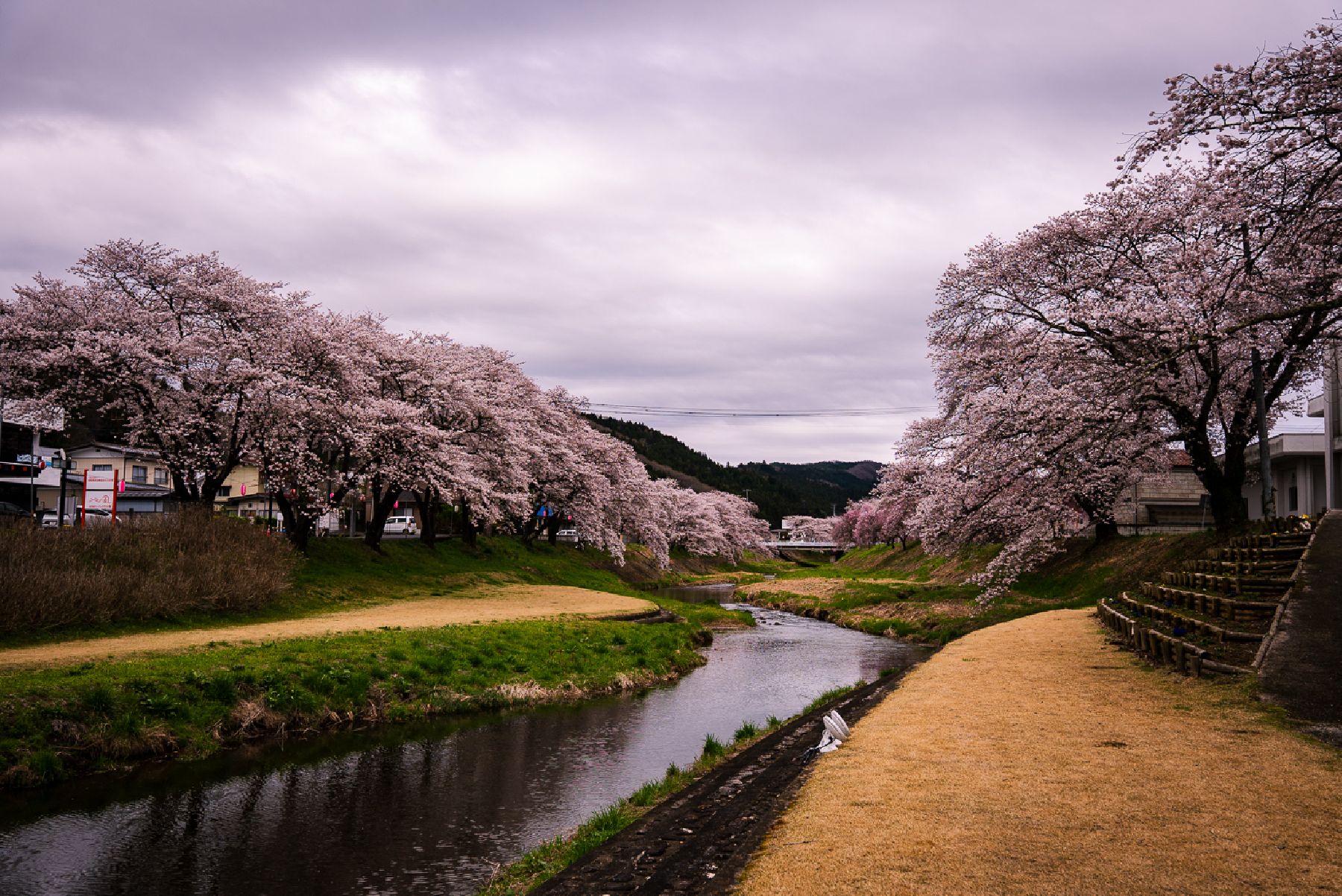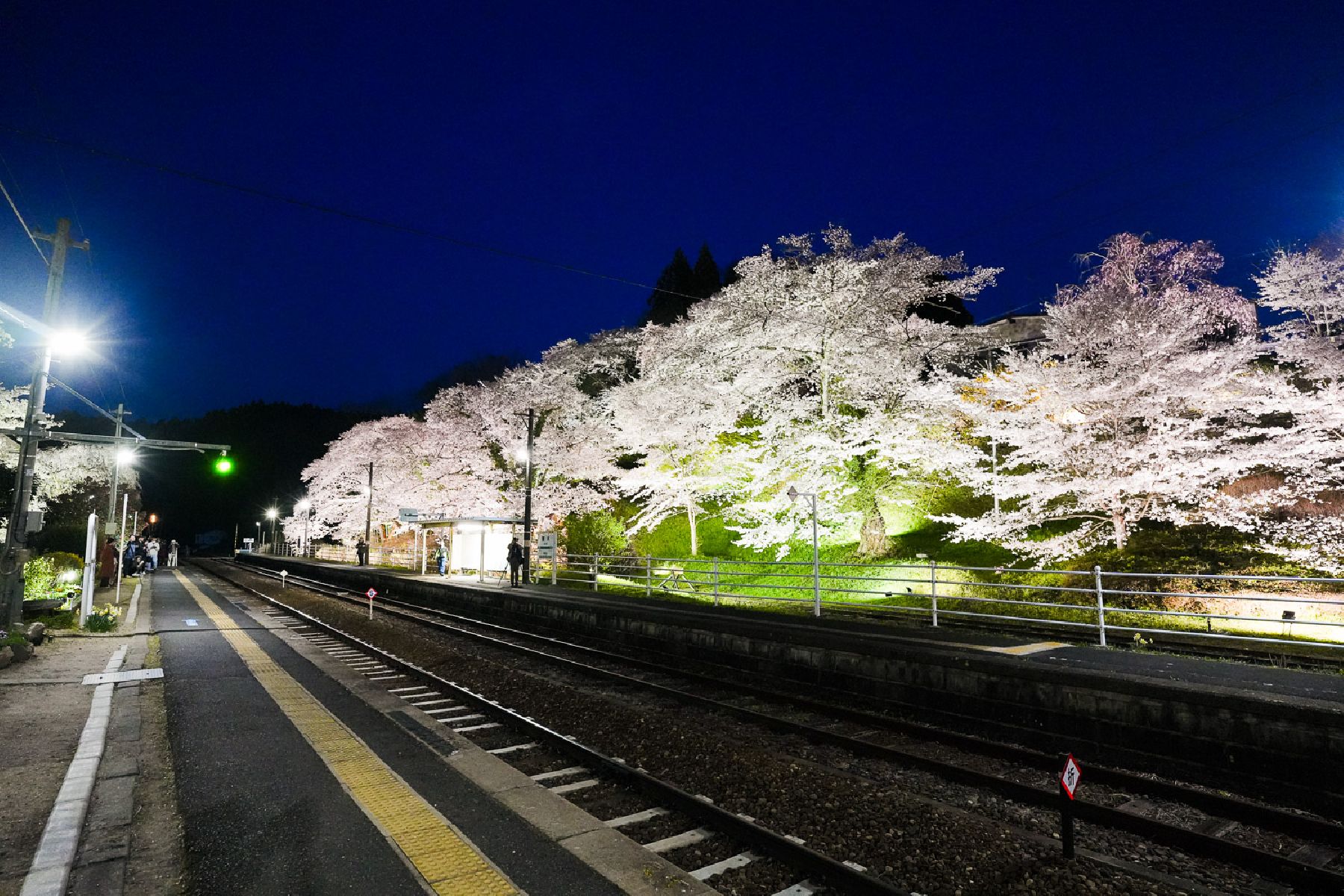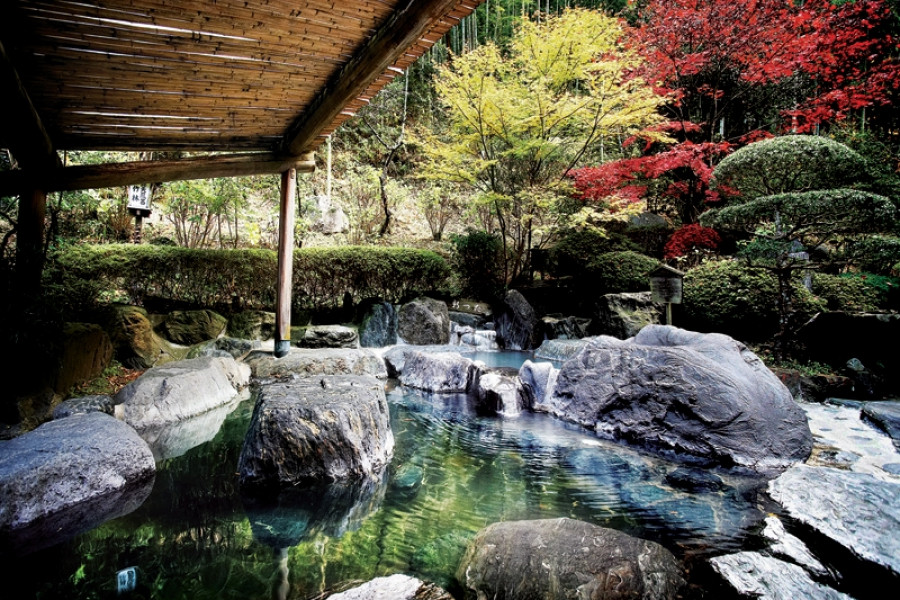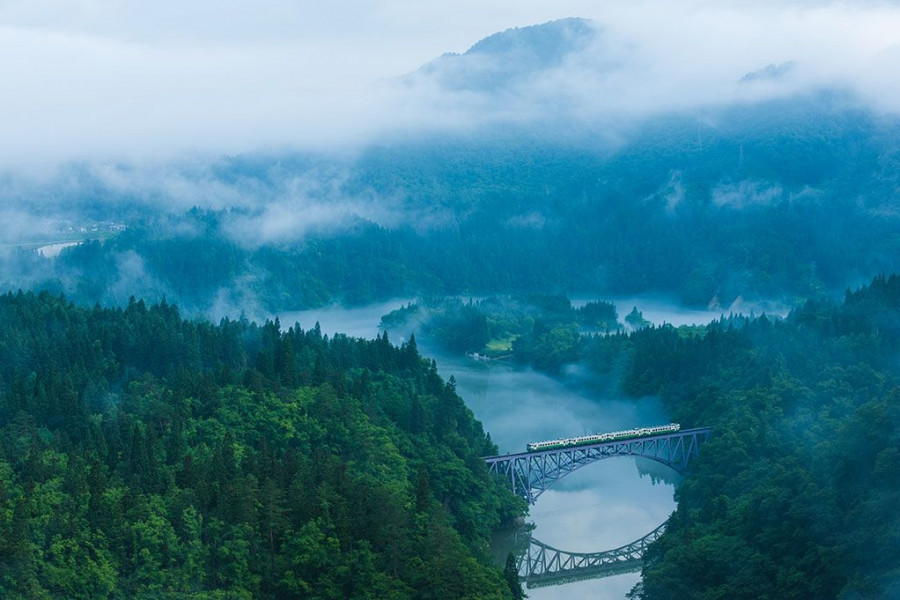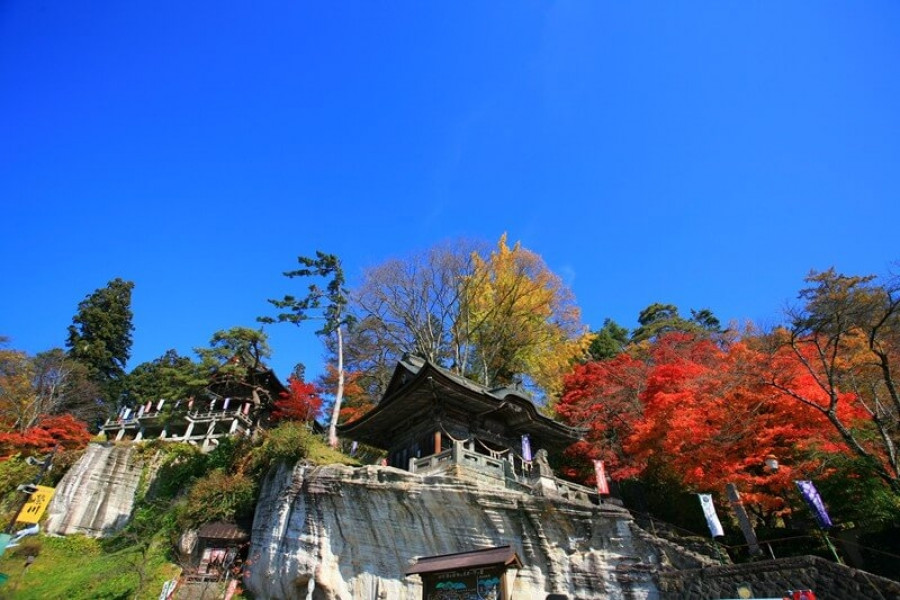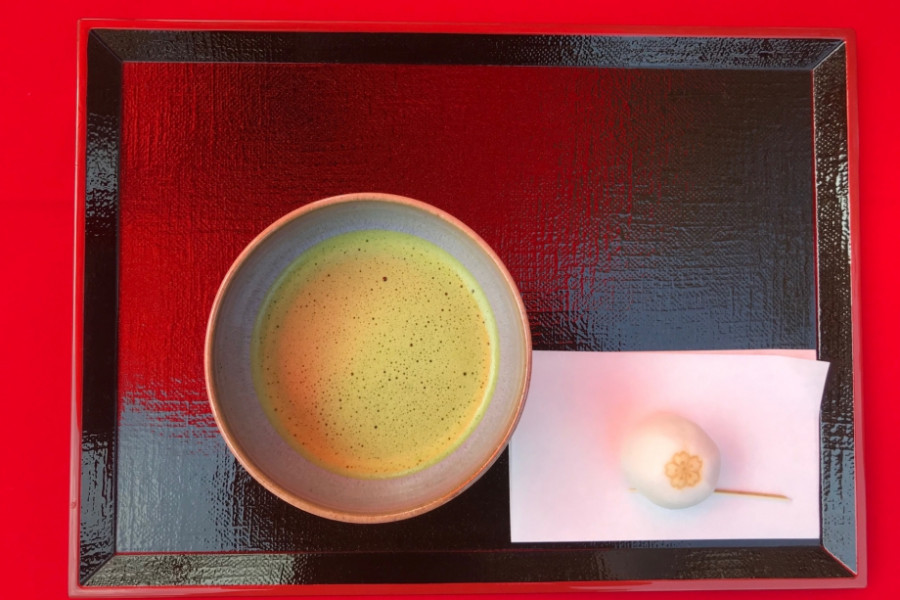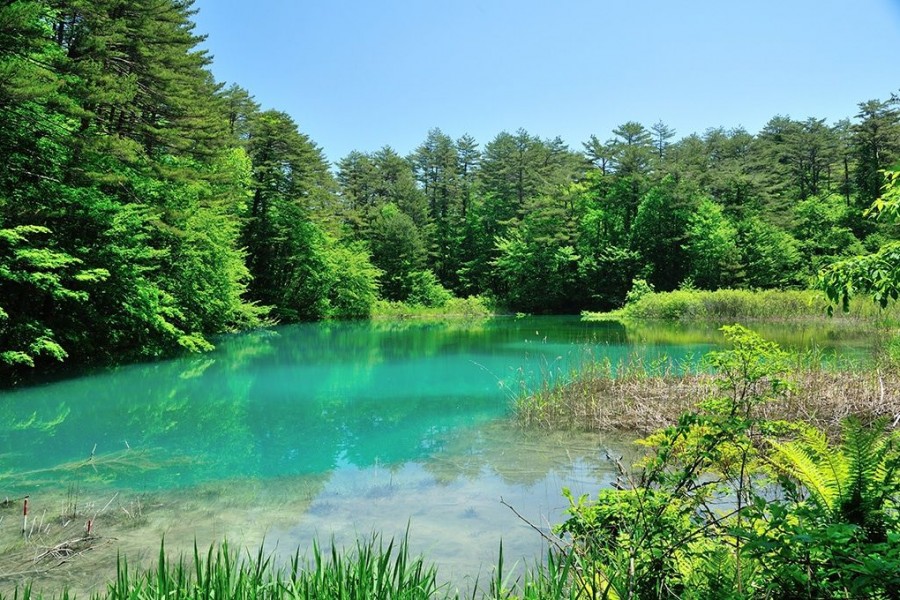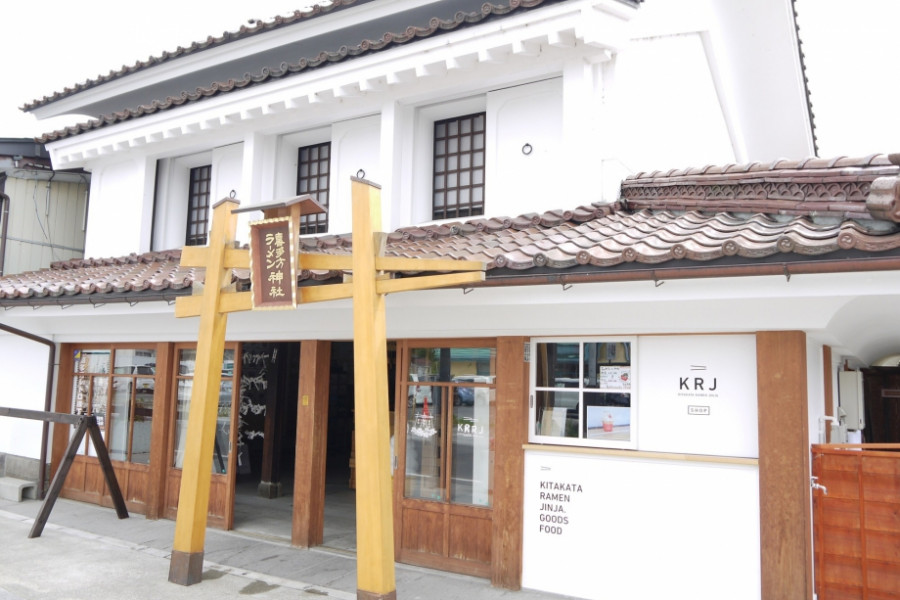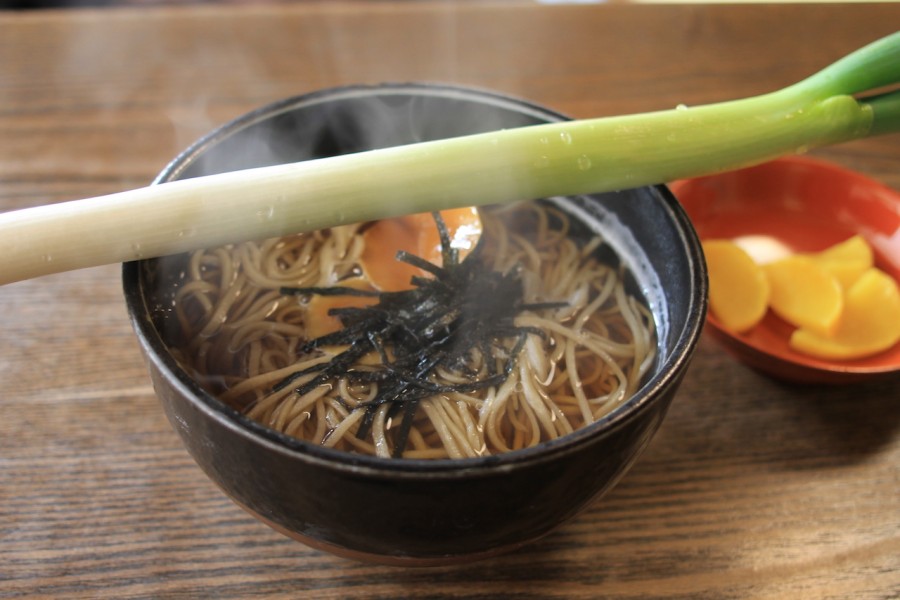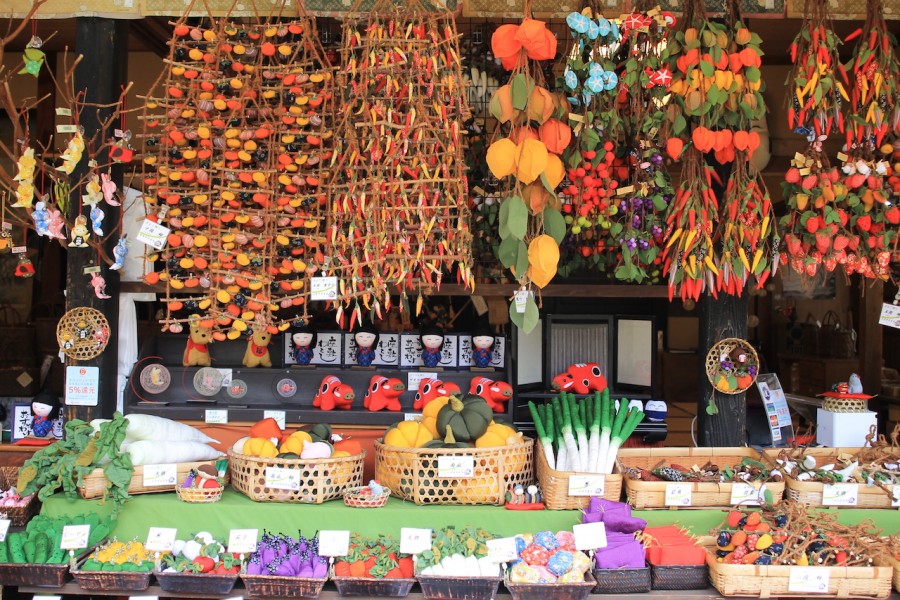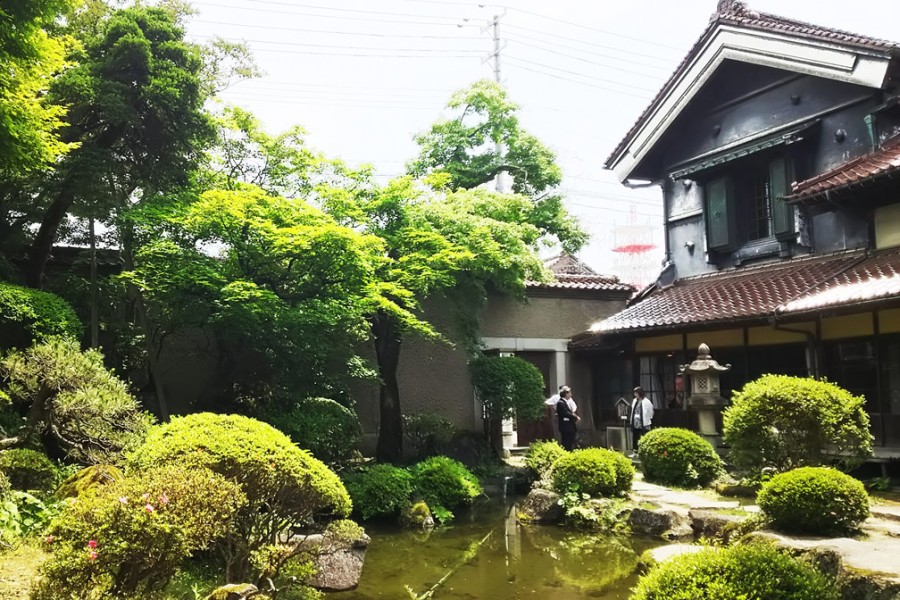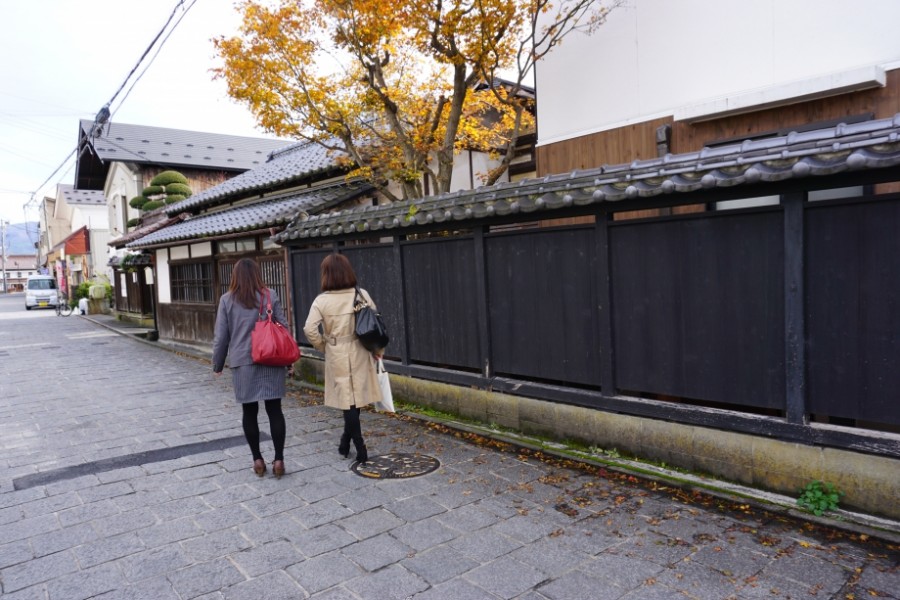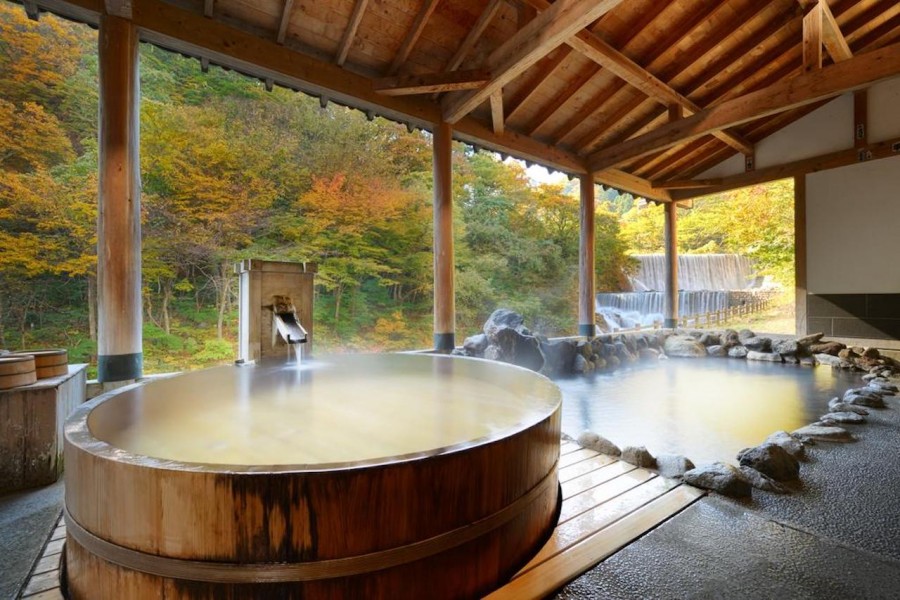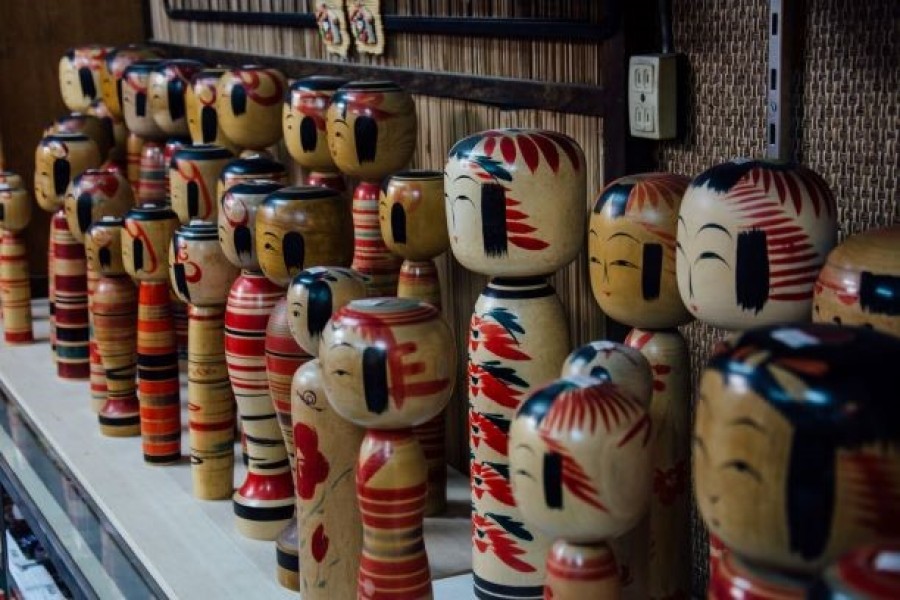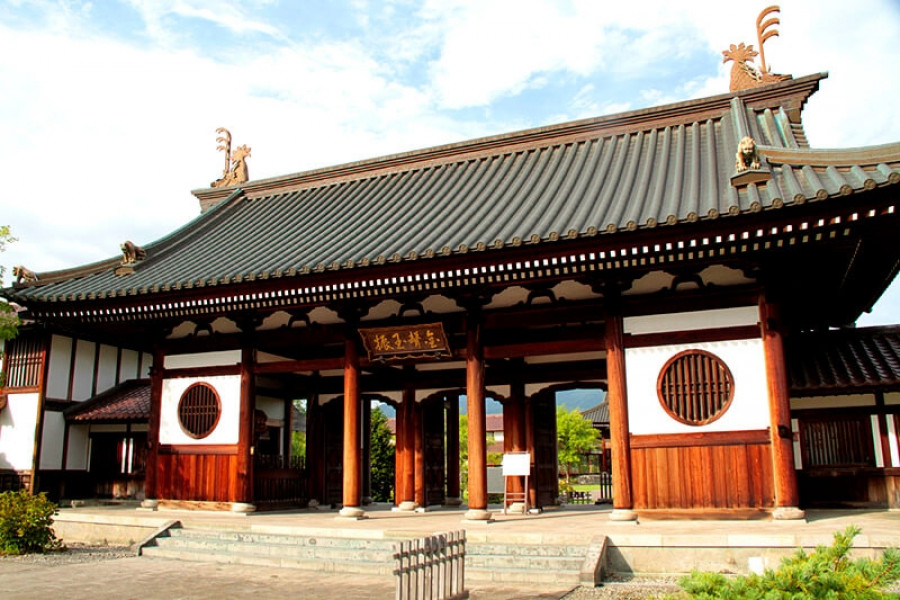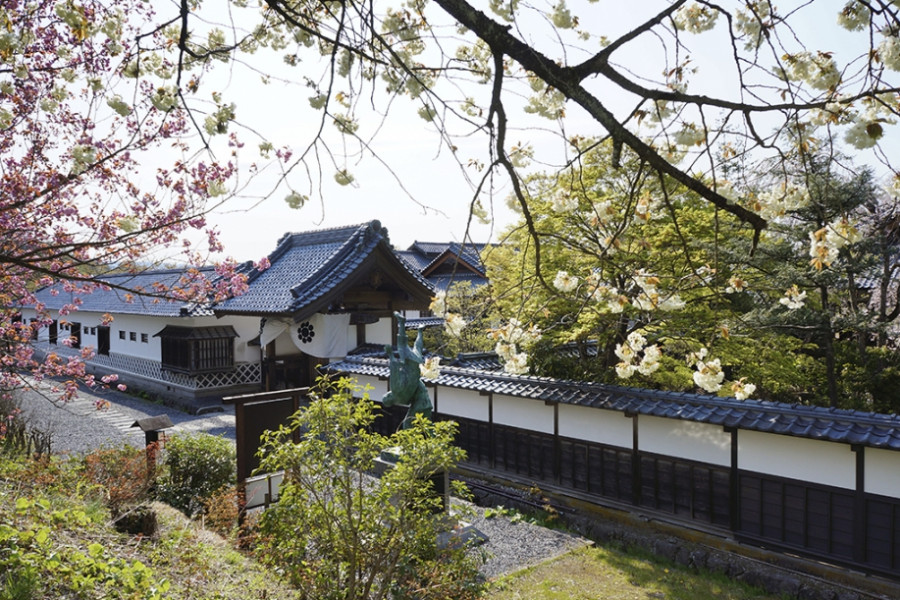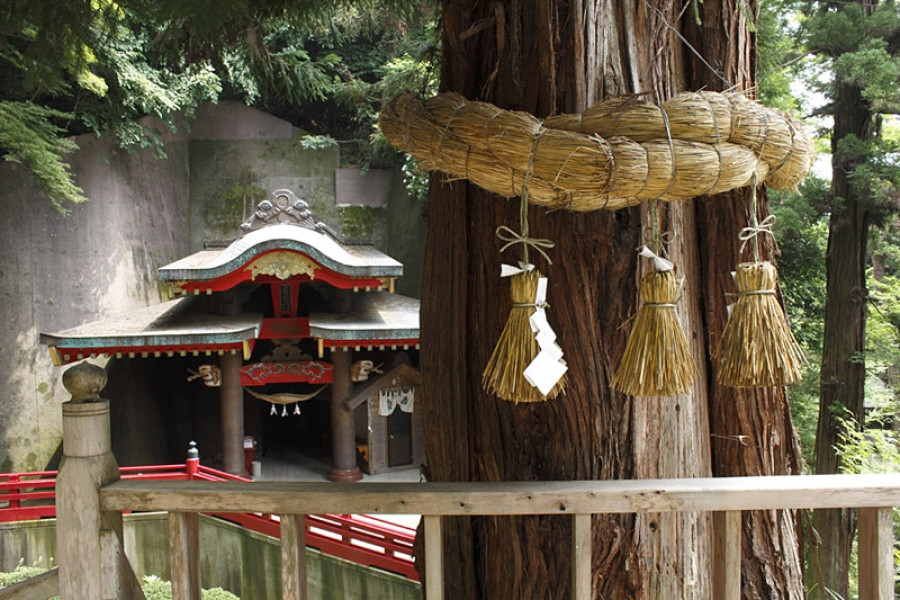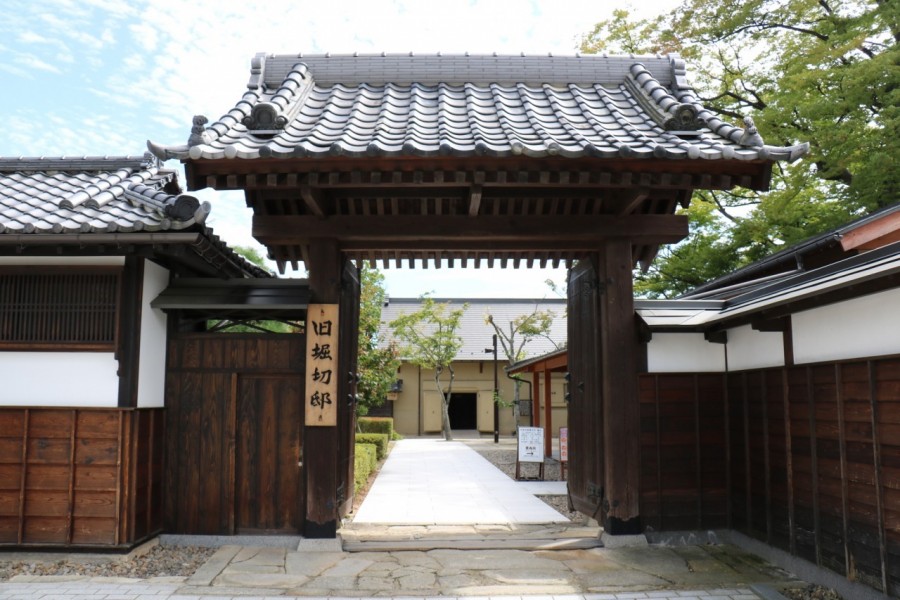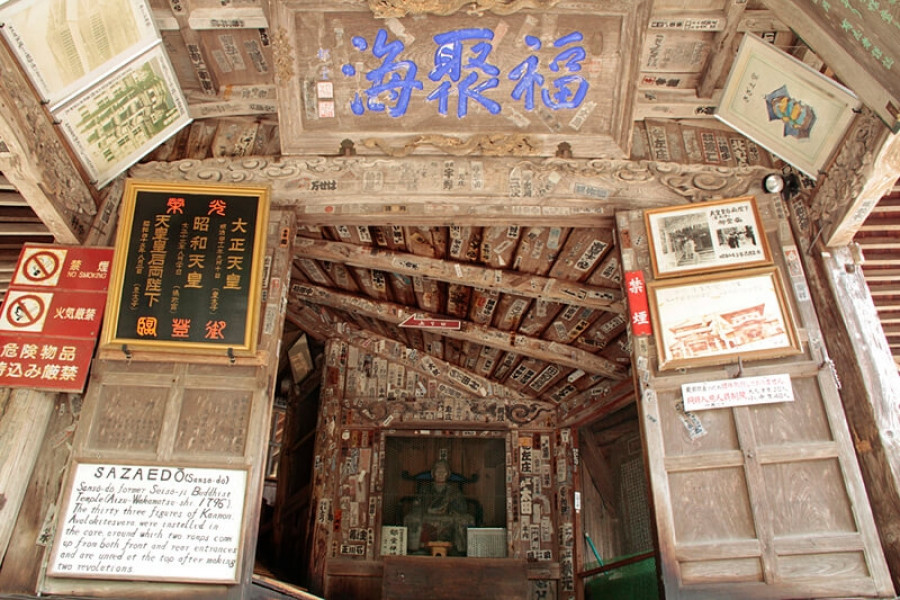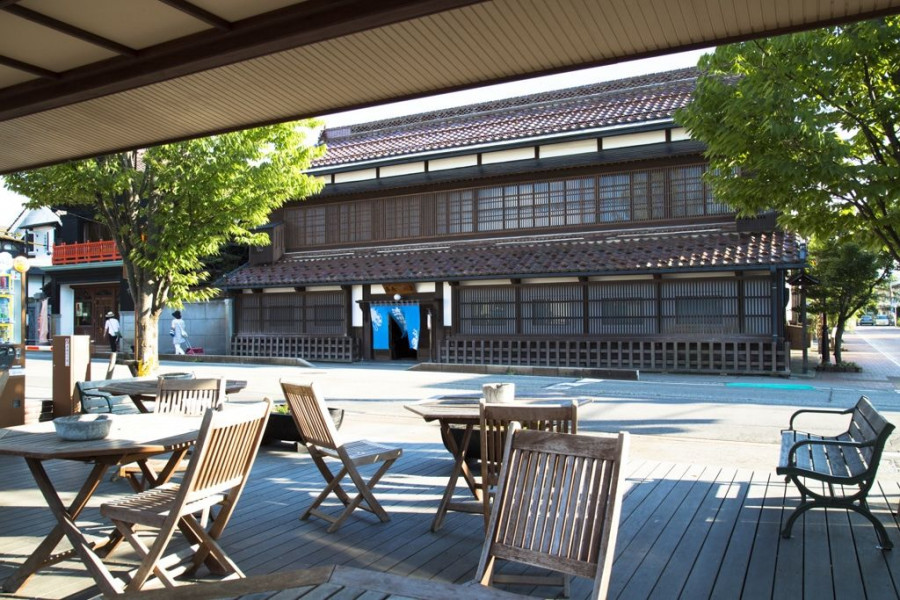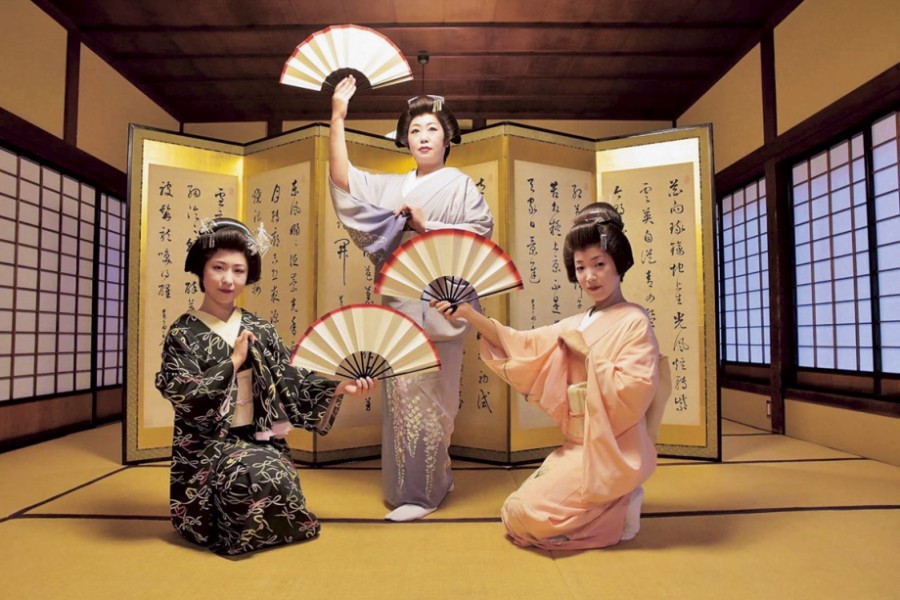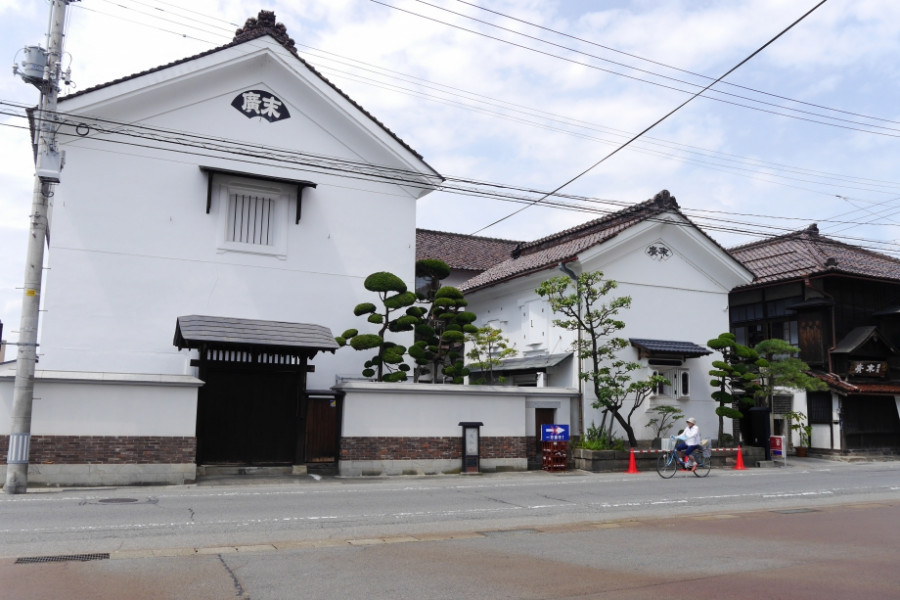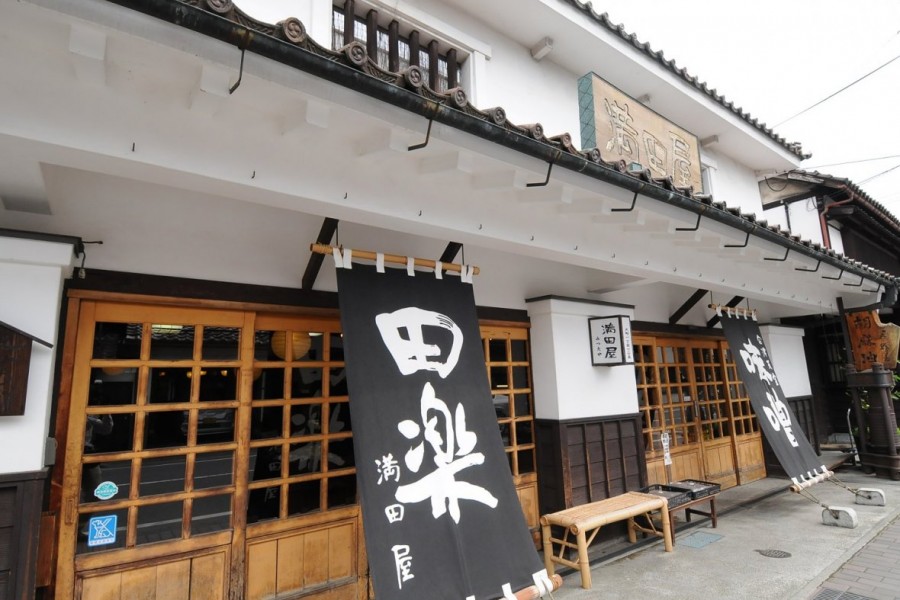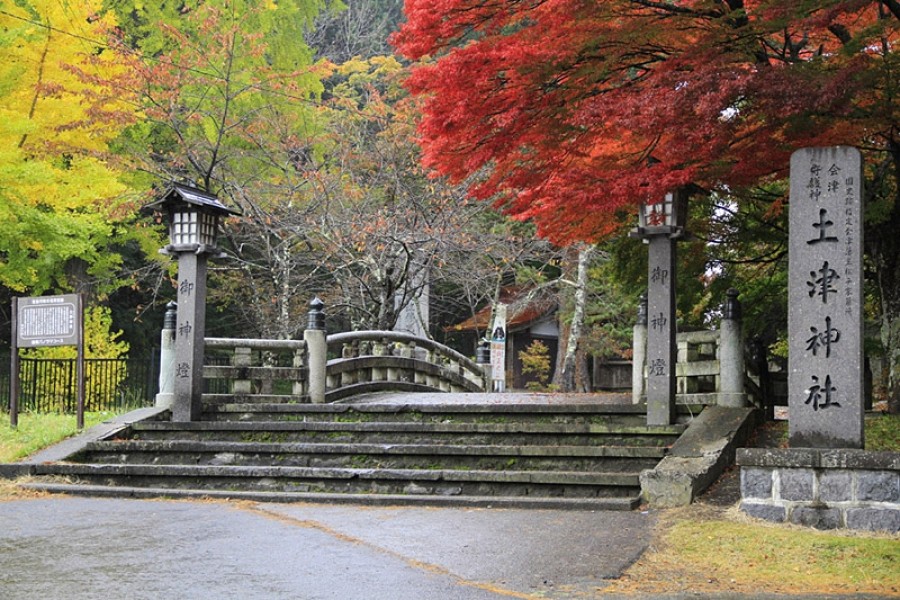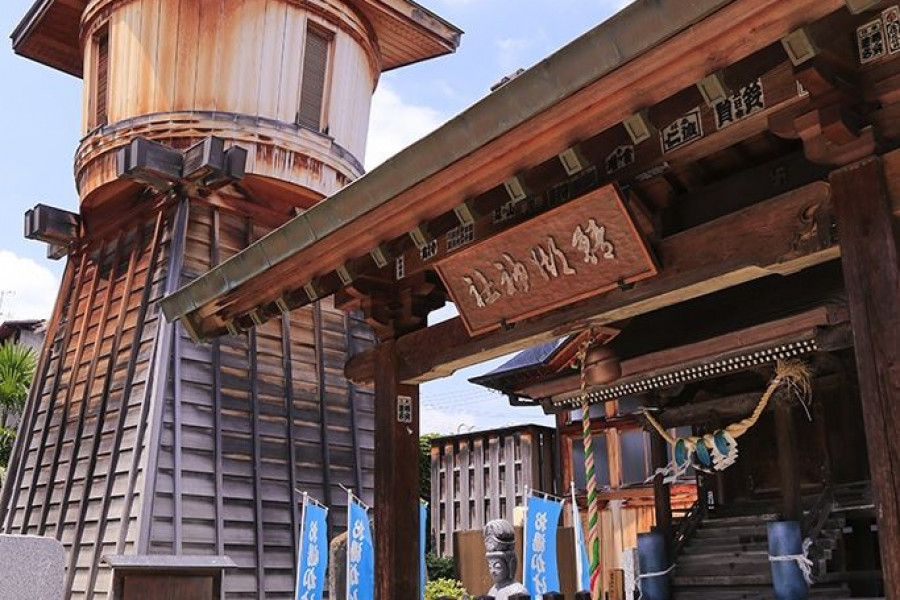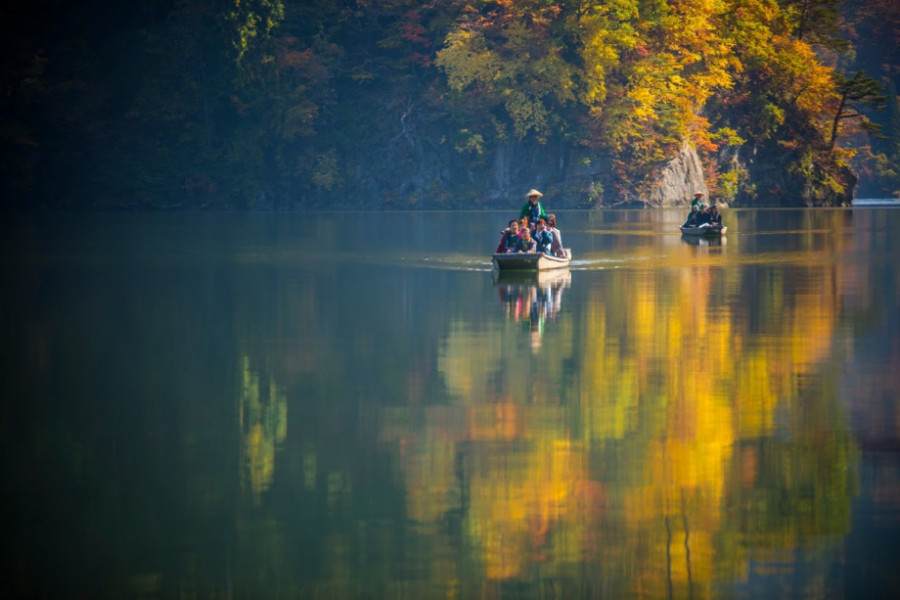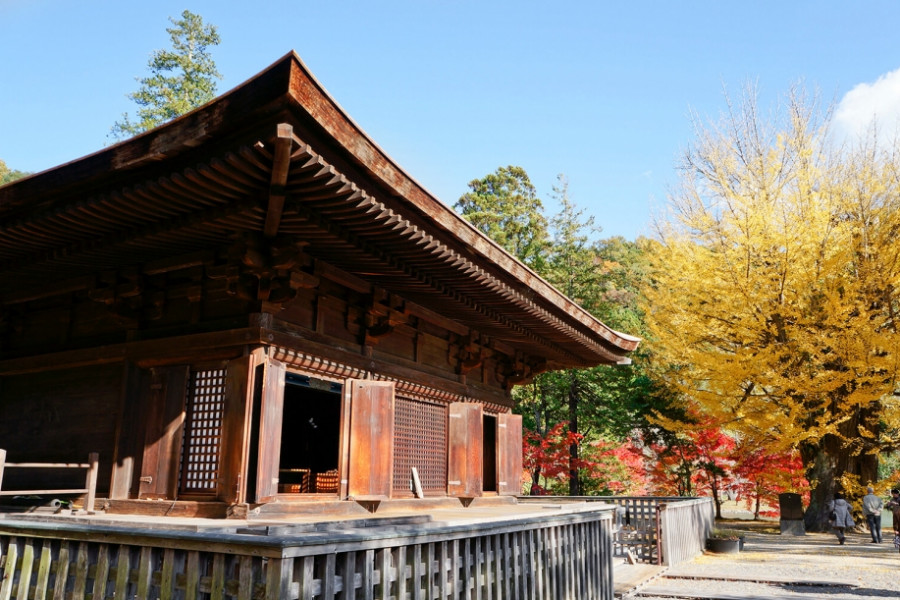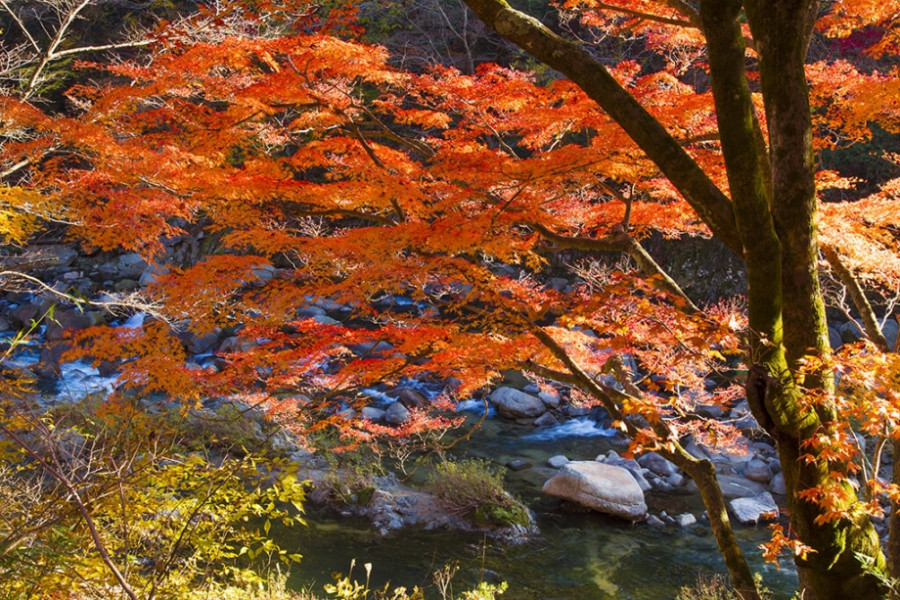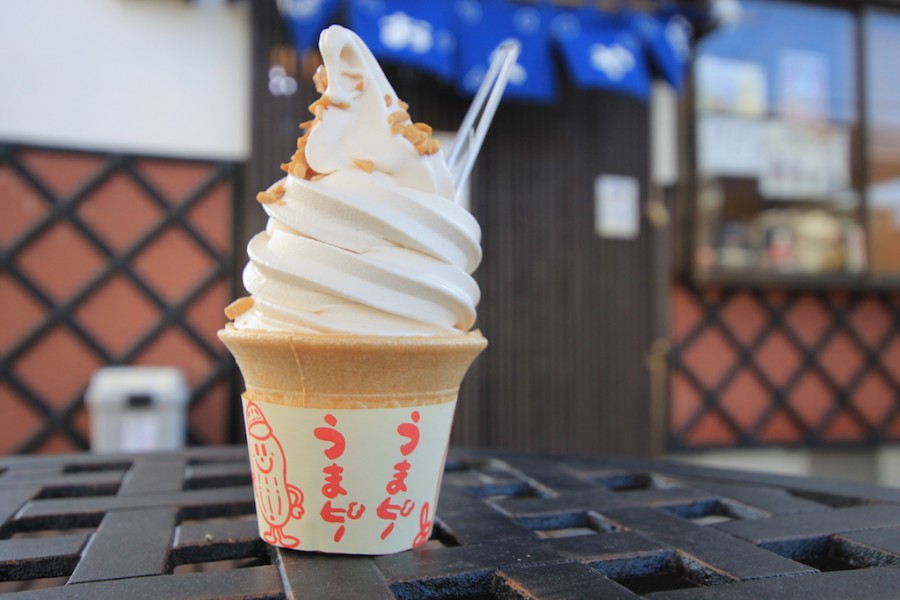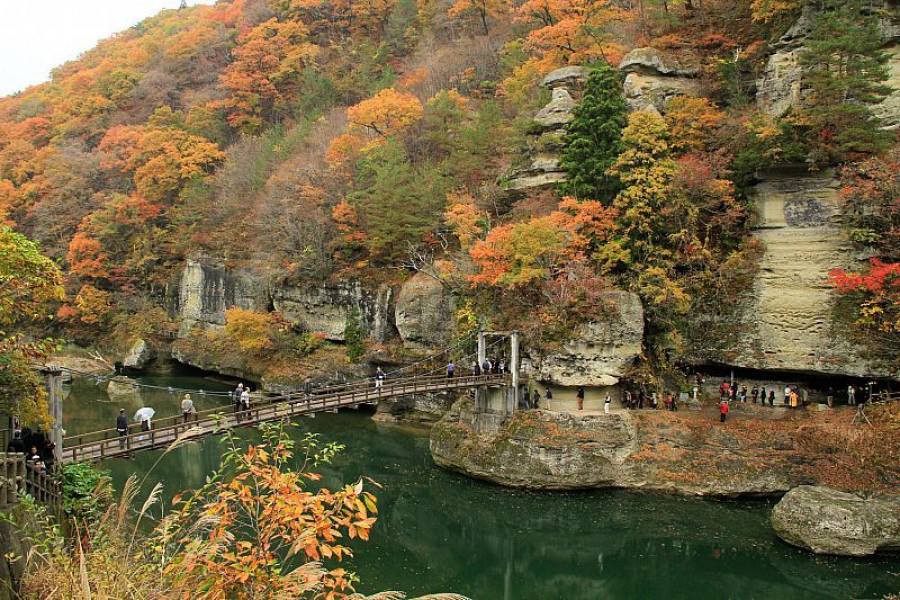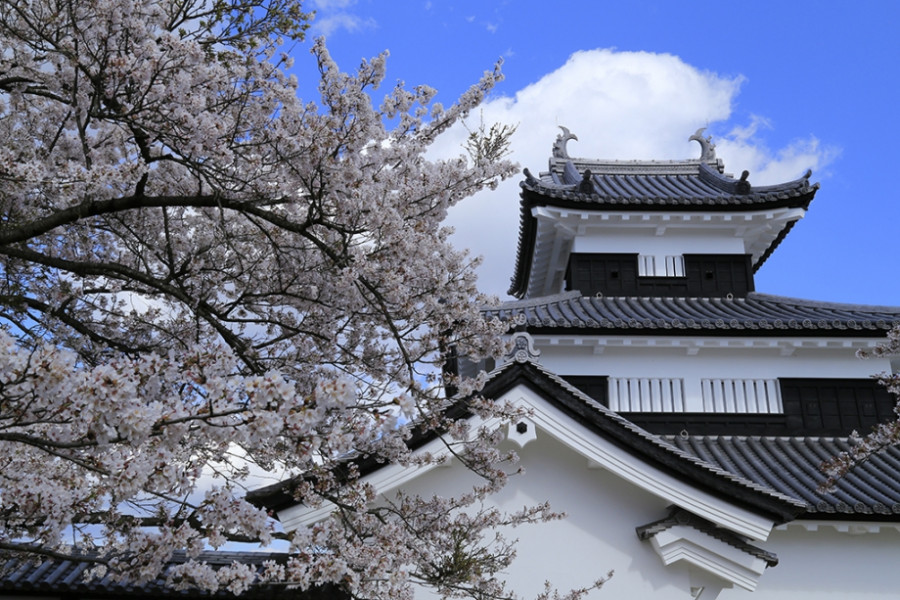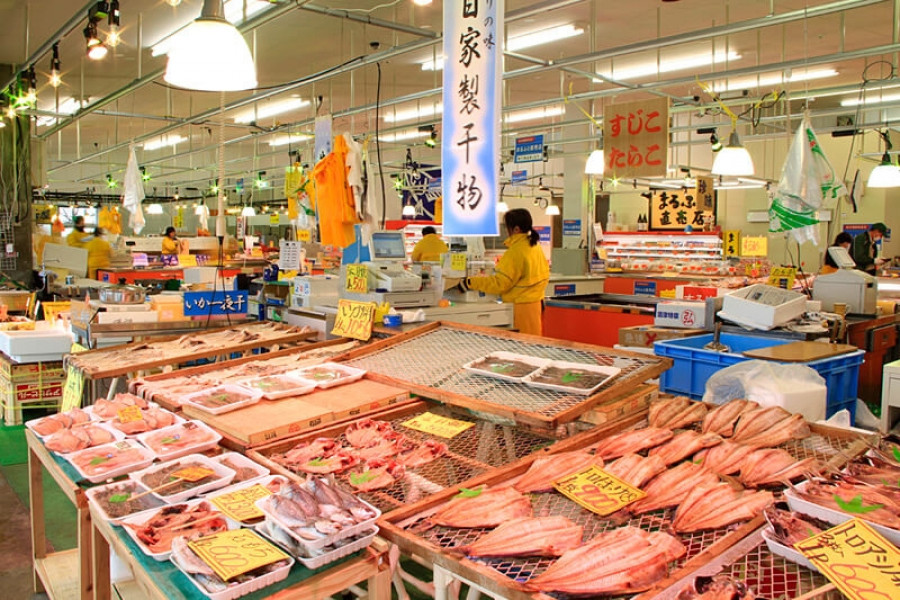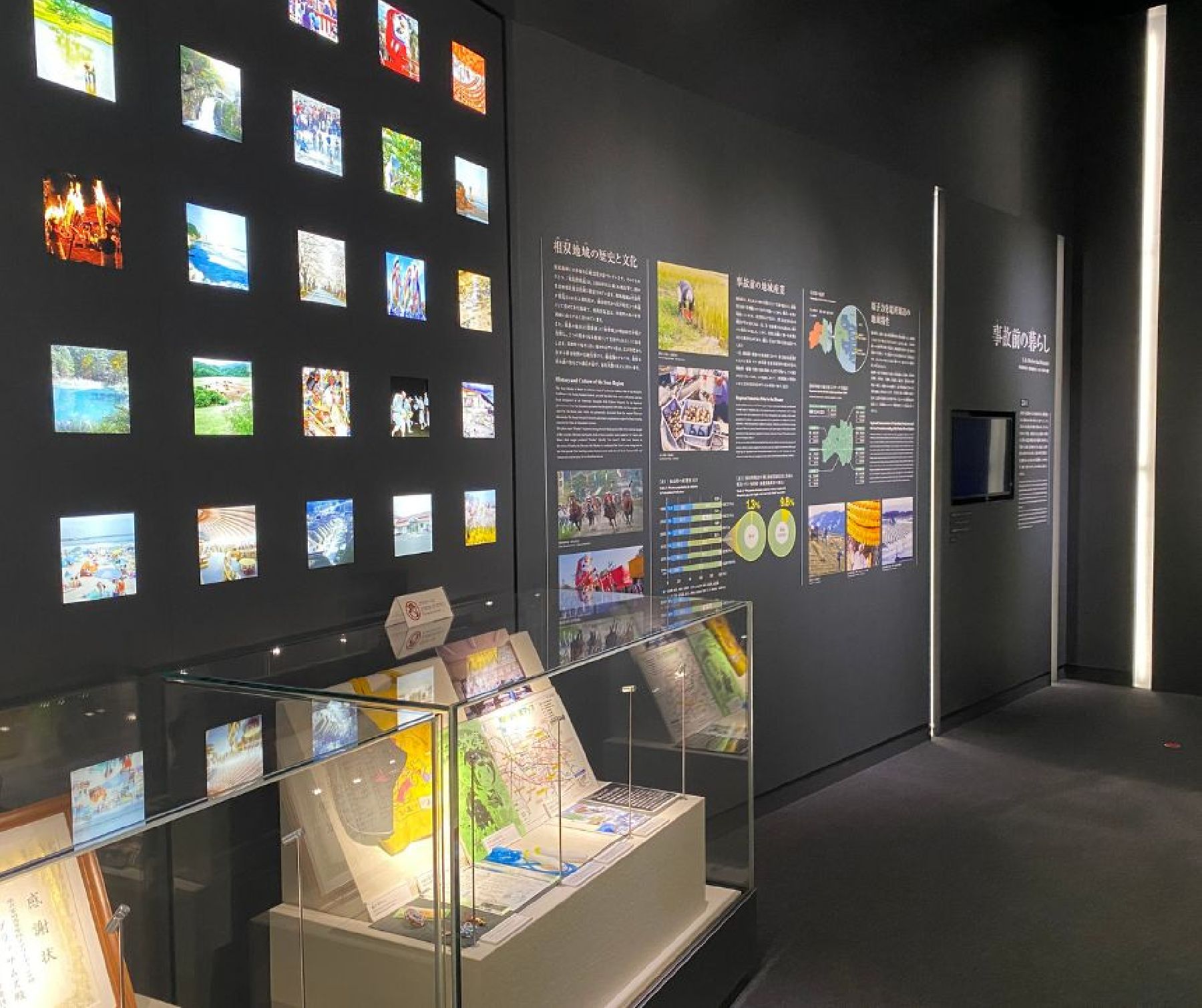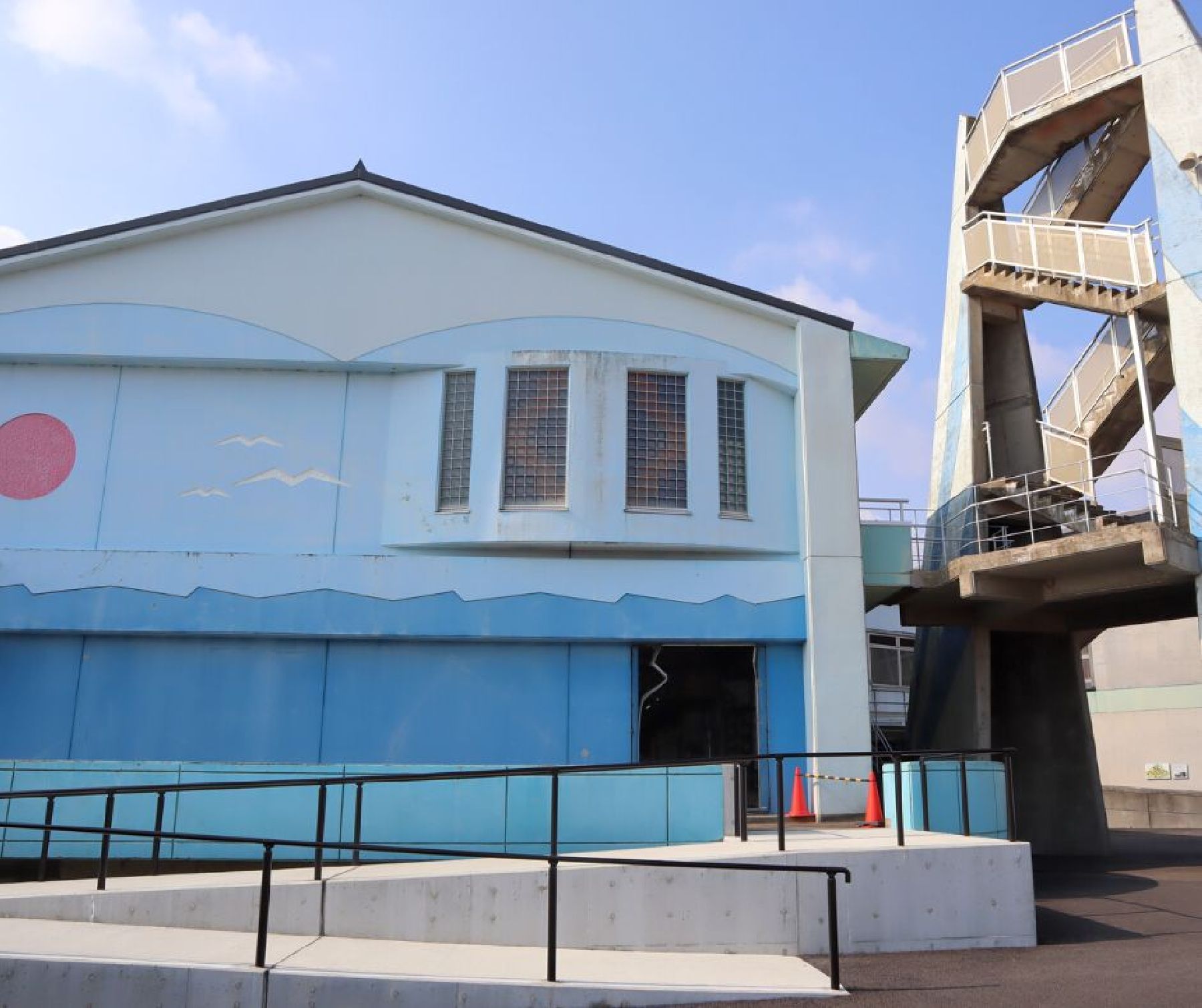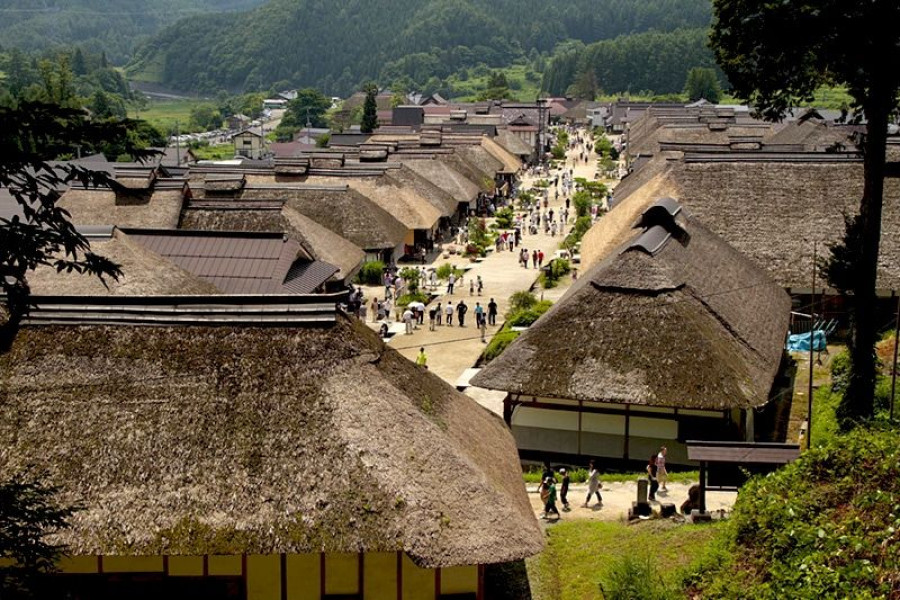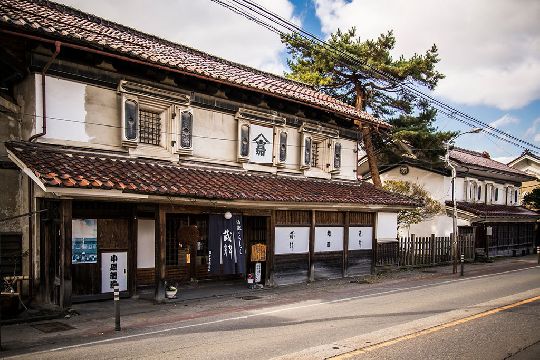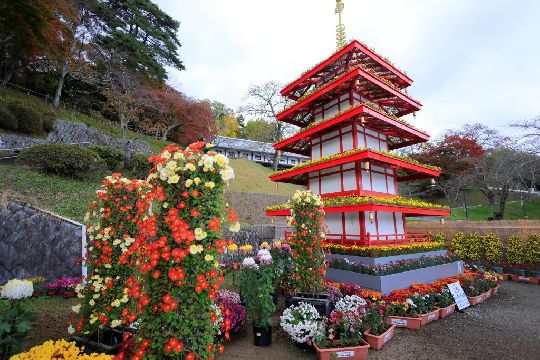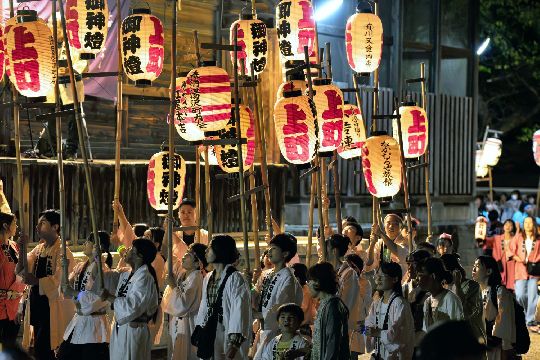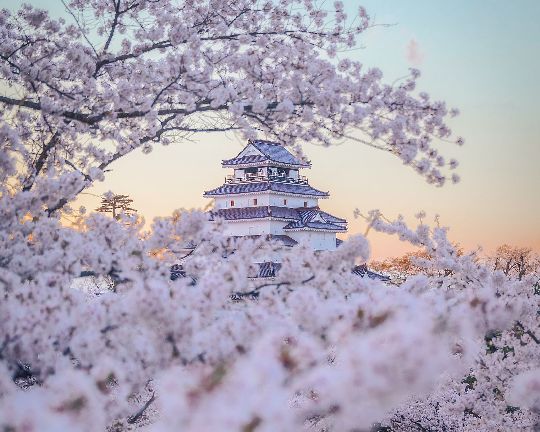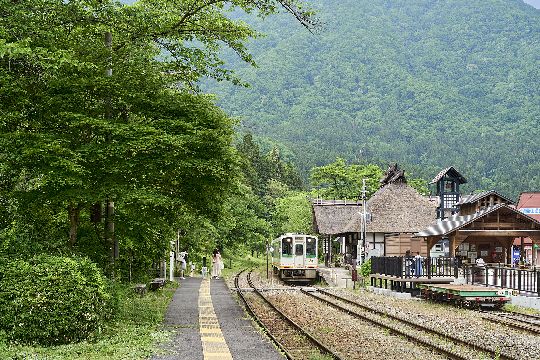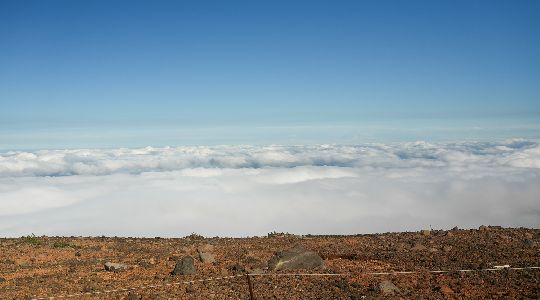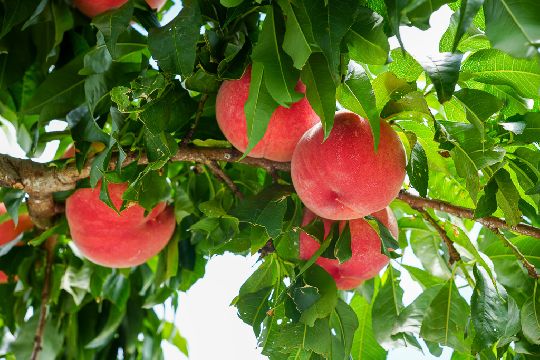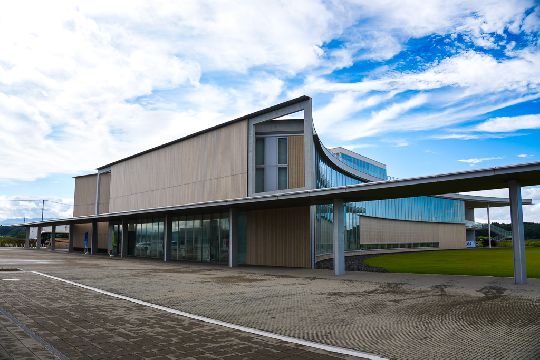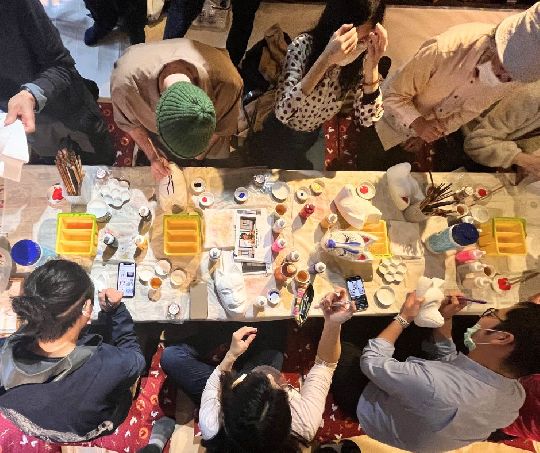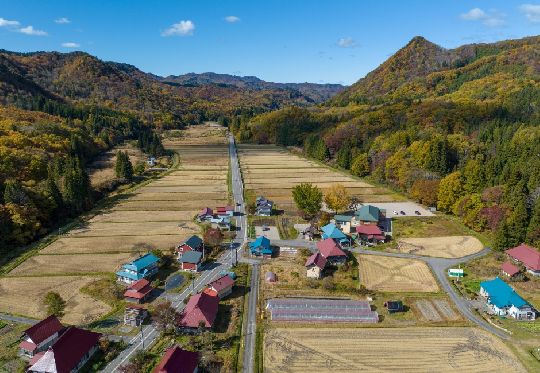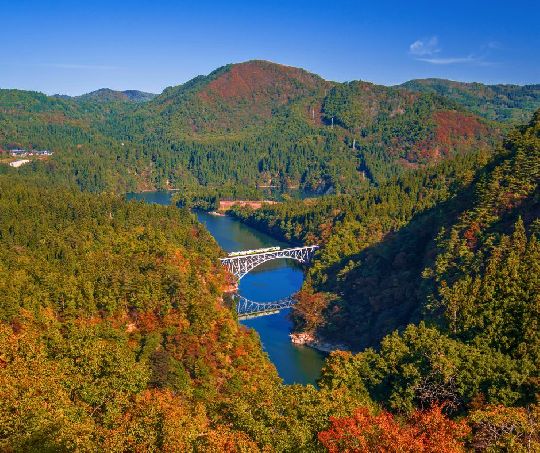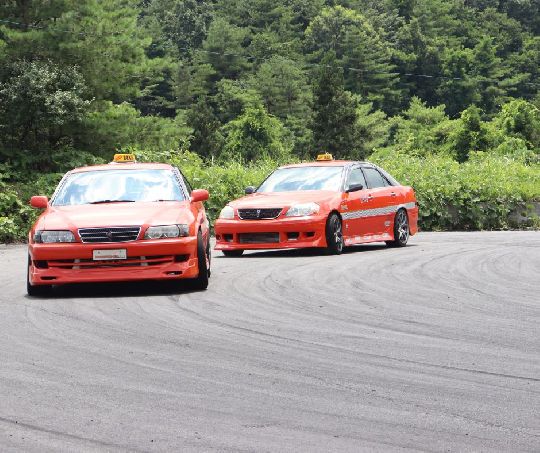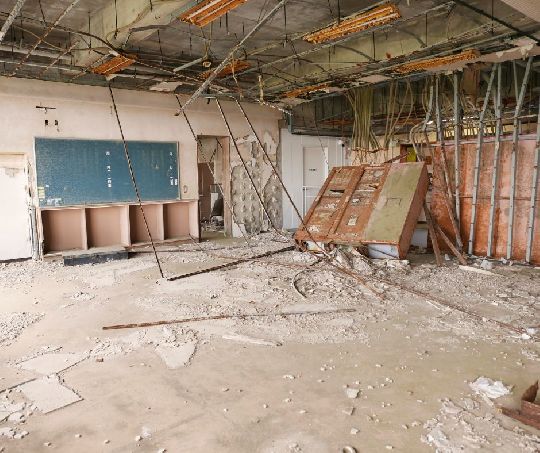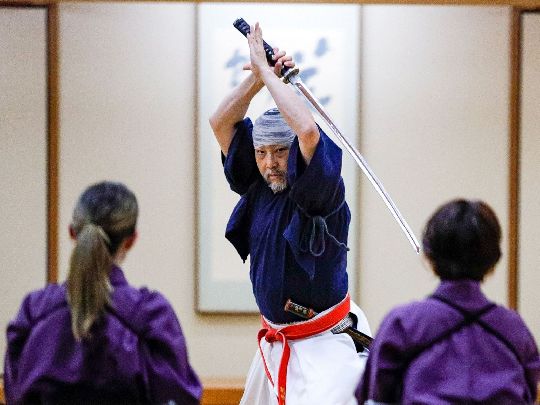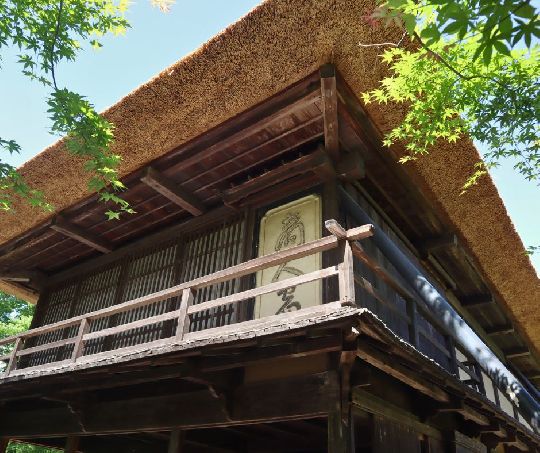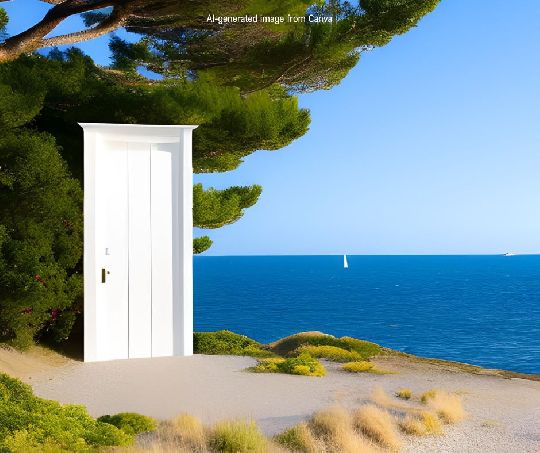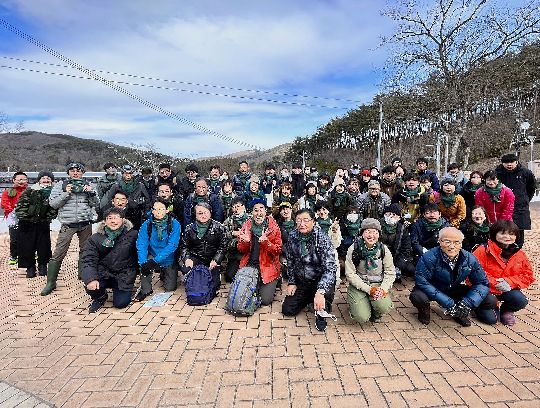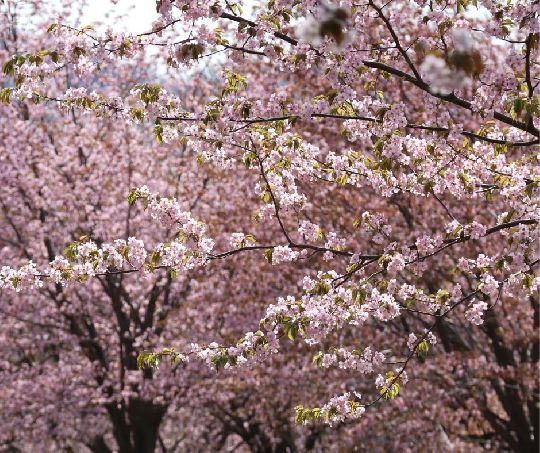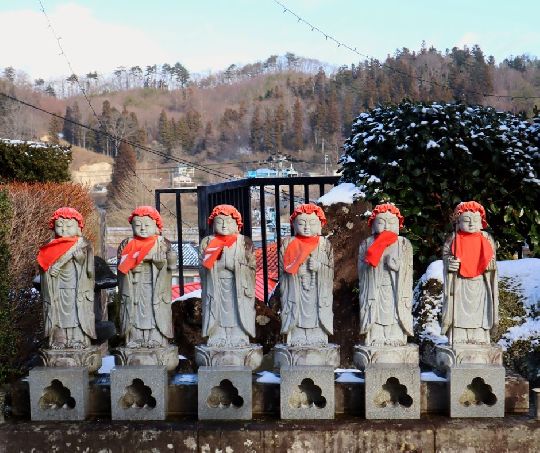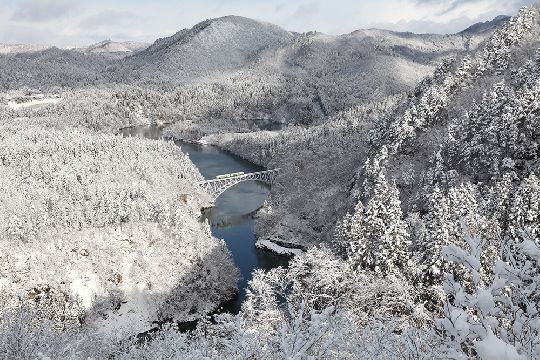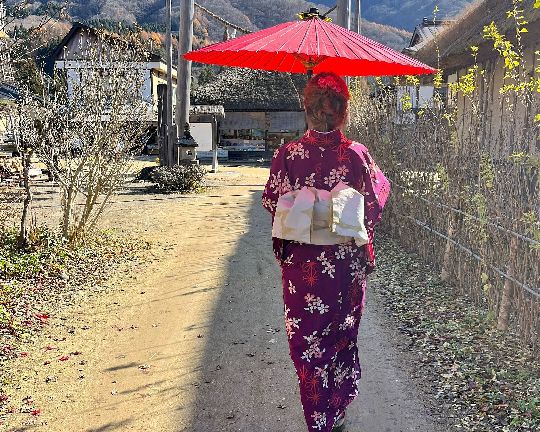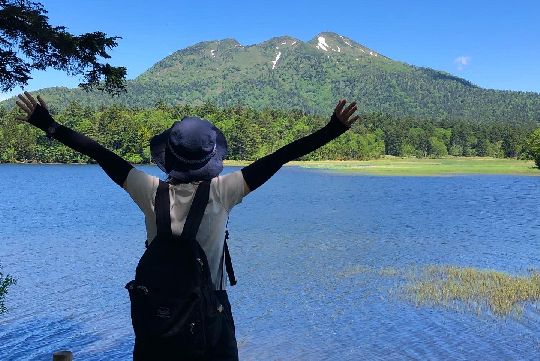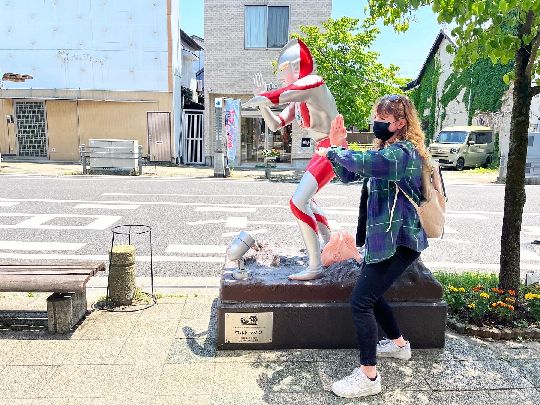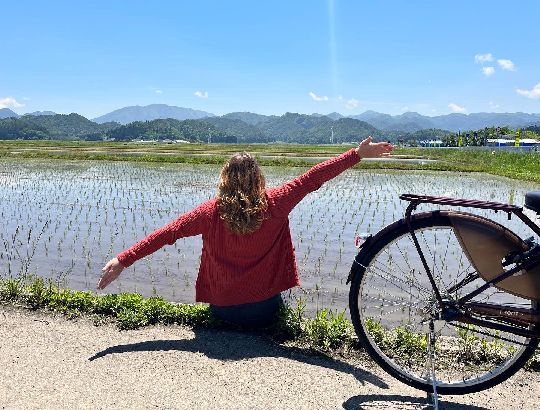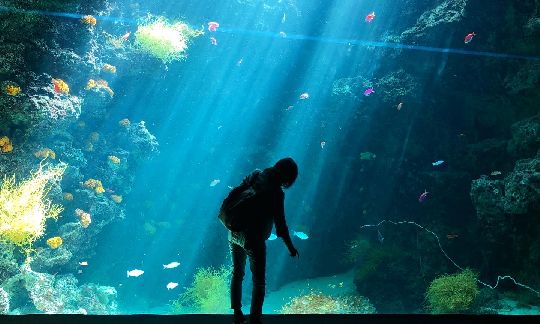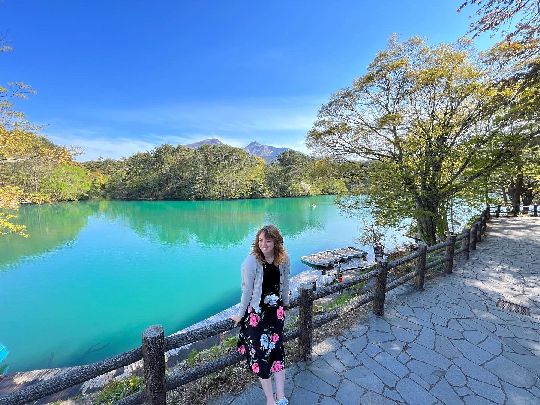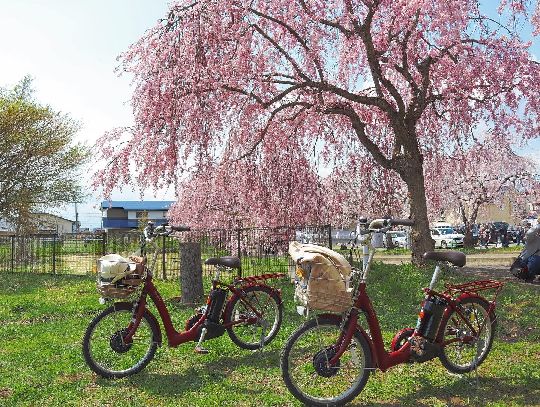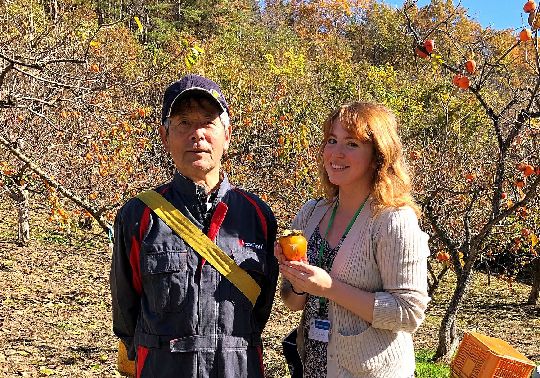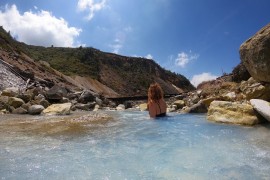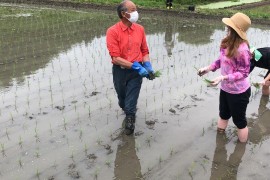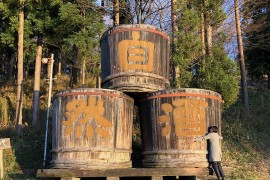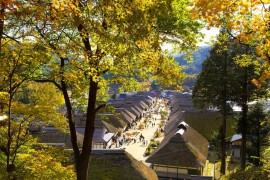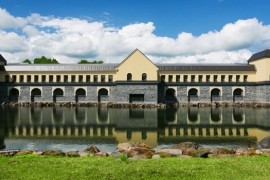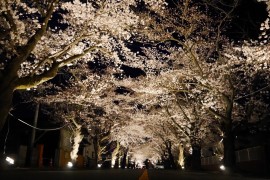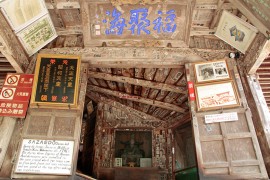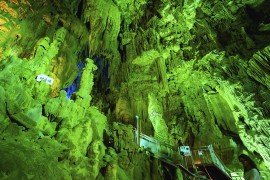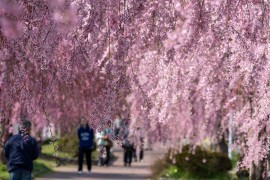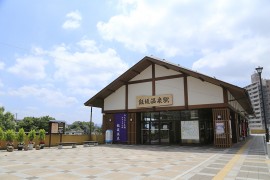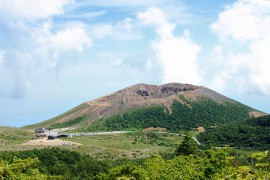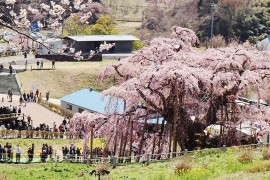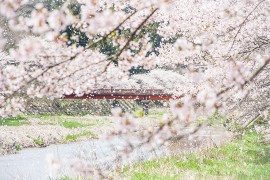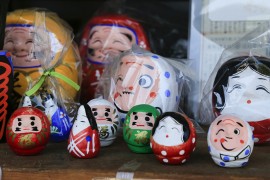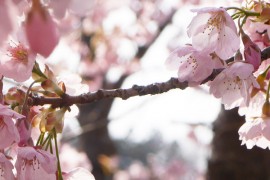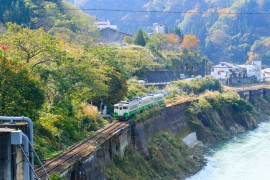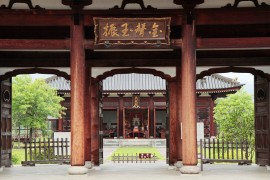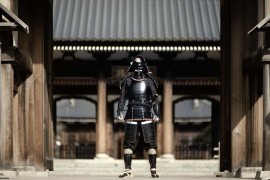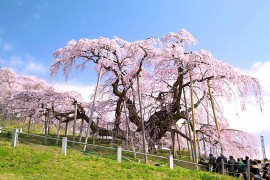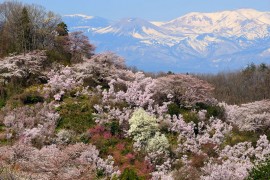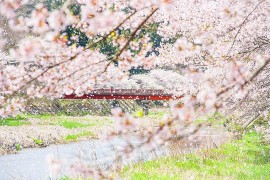Useful Information
Large Luggage in Fukushima: Where to Find Coin Lockers at Every Train Station
Travelling with large luggage during your trip? In this article you'll find all the information about the best places to stash your personal belongings somewhere safe and reliable, including coin lockers and luggage care services. (Please be aware that prices may be subject to change.)Use your browser search function (Ctrl + F) to find specific stations or popular sightseeing spots (for example, ‘Aizu-Wakamatsu Station’ or ‘Ouchi-juku’.)Fukushima StationNearby spots: Jododaira (Mt. Azuma-Kofuji), Fruit Line orchards, HanamiyamaTrain lines: Tohoku Shinkansen, Yamagata Shinkansen, Iizaka Line, Abukuma Express, Yamagata Line, Tohoku Line Location Fees West Exit Ticket Gate 2F Large: 11, ¥600 Small: 11, ¥300 West Exit 1F Large: 6, ¥600 / 3, ¥800 Medium: 18, ¥500 Small: 15, ¥300 East Exit (Inside ticket gates) Large: 2, ¥600 Small: 15, ¥300 Shinkansen (Inside ticket gates) Large: 8, ¥700 Medium: 2, ¥600 Small: 10, ¥400 East Exit Large: 27, ¥600-700 Small: 20, ¥400 More details here. Iizaka Onsen StationNearby spots: Fruit Line orchards, Kyu Horikiri-tei traditional residence, onsen, Iizaka Fighting FestivalTrain lines: Iizaka Line Location Fees Outside ticket gates, left of the stairs leading out of the station Large: 4, ¥400 Medium: 6, ¥300 Small: 8, ¥200 More details here. Nihonmatsu StationNearby spots: Nihonmatsu Lantern Festival, Ebisu Circuit (20min taxi), Kasumigajo Castle Park (Nihonmatsu Castle) & Nihonmatsu Chrysanthemum Doll Festival, Ryusenji TempleTrain lines: Tohoku Line Location Fees After leaving ticket gates, on the left after stepping outside Large: 4, ¥600 Medium: 3, ¥500 Small: 15, ¥300 More details here. Koriyama StationNearby spots: Chansey Park in Koriyama, Takayashiki Shrine (15min taxi)Train lines: Tohoku Shinkansen, Yamagata Shinkansen, Ban-etsu West Line, Ban-etsu East Line, Tohoku Line, Suigun Line Location Fees East Exit passage Large: 6, ¥500 Medium: 12, ¥400 Small: 16, ¥300 East-West passage Large: 2, ¥500 Medium: 9, ¥400 Small: 41, ¥300 Outside Shinkansen gates Large: 4, ¥1200 Medium: 6, ¥1000 Small: 33, ¥600 S-PAL exit Large: 9, ¥1200 Medium: 14, ¥1000 Small: 23, ¥600 Central entrance / exit 1F Large: 3, ¥1200 Medium: 8, ¥1100 Small: 4, ¥1000 1F Large: 2, ¥1100 Medium: 6, ¥1000 Small: 35, ¥600 食品館 / Food hall entrance 1F Large: 4, ¥1100 Medium: 4, ¥1000 Small: 37, ¥600 There is also a paid luggage care service at the Tourist Information Center on 2F.More details here. Shirakawa StationNearby spots: Komine Castle (5min walk)Train lines: Tohoku Line Location Fees After leaving ticket gates, on the left Large: 1, ¥700 Medium: 1, ¥400 Small: 10, ¥300 More details here. Miharu StationNearby spots: Takashiba Deko Yashiki Craft Village (10min taxi), Miharu TakizakuraTrain lines: Ban-etsu East Line Location Fees After leaving ticket gates, on the left Medium: 12, ¥200 Small: 10, ¥100 More details here. Inawashiro StationNearby spots: Goshikinuma ponds, Hideyo Noguchi Memorial Museum, ski resorts, Kawakyo Ramen, Tenkyokaku former imperial residence, Morohashi Museum of Modern Art, Mt. BandaiTrain lines: Ban-etsu West Line Location Fees Station building Large: 7, ¥600 Medium: 7, ¥400 Small: 7, ¥300 More details here. Aizu-Wakamatsu StationAccessible by bus: Tsurugajo Castle, Oyaku-en Garden, Sazaedo TempleTrain lines: Ban-etsu West Line, Tadami Line Location Fees In front of station Small: 36, ¥300 In front of station Large: 20, ¥700 Small: 4, ¥300 In front of station Large: 8, ¥600 Small: 2, ¥300 In front of station Large: 12, ¥600 Medium: 15, ¥400 Small: 55, ¥300 More details here. Nanukamachi StationNearby spots: Shopping options, Showa Nostalgia Museum, Aizu Shinsengumi Museum, Hideyo Noguchi Memorial HallTrain lines: Tadami LineThere are no coin lockers at Nanukamachi Station, but there is a paid luggage care service (300 yen per item of luggage) at the nearby Nanukamachi Tourism Information Centre.More details here. Aizu-Miyashita StationNearby spots: Tadami River Bridge No. 1 Viewpoint (bus)Train lines: Tadami LineThere are no coin lockers at Aizu-Miyashita Station, but luggage can be handled at the nearby Mishima Tourism Association / Karan-Colon Café, a two minute walk from the station. There are four small lockers for ¥300, or larger luggage can be left with staff.More details here. Hayato StationNearby spots: Mugenkyo River Crossing departure pointTrain lines: Tadami LineThere are no coin lockers at Hayato Station. The closest storage location would be the luggage care service (with rental bicycles available) at the Tadami Town Information Centre. Aizu-Yanaizu StationNearby spots: Enzoji TempleTrain lines: Tadami LineThere are small coin lockers at Aizu-Yanaizu for ¥300, while larger luggage can be left with staff at the Tourism Information Centre. (Please be aware this is a 10 minute walk from the station.)More photos here. Yunokami Onsen StationNearby spots: Ouchi-jukuTrain lines: Tadami LineLuggage can be handled at Yunokami Onsen Station for ¥300 per item per day. Kitakata StationNearby spots: Kitakata ramen restaurants (example itinerary)Train lines: Ban-etsu West Line Location Fees Outside ticket gates Large: 2, ¥900 Medium: 14, ¥500 Small: 15, ¥400 More details here. Hirota StationNearby spots: Nisshinkan samurai academyTrain lines: Ban-etsu West LineThere are no coin lockers at Hirota Station. Futaba StationNearby spots: Great East Japan Earthquake and Nuclear Disaster Memorial Museum (Denshokan), Futaba Art DistrictTrain lines: Joban LineAlthough there are no coin lockers at Futaba Station, there are several places in Futaba where luggage can be stored: Location Fees Great East Japan Earthquake and Nuclear Disaster Memorial Museum 174 lockers available behind the reception counter, many 40cm x 39cm x 38cm with larger sizes available. ¥100 deposit Futaba Business Incubation and Community Center (FBICC) Medium: 6 Small: 8 ¥100 deposit FUTABA POINT Coworking Space Some lockers available Namie StationNearby spots: Ukedo Elementary School (15min taxi)Train lines: Joban LineThere are no coin lockers at Namie Station. Izumi StationNearby spots: Aquamarine Fukushima (there are coin lockers and a luggage care service at the aquarium).Train lines: Joban Line, Hitachi & Tokiwa Location Fees Outside ticket gates on the left. Lockers may be hidden by a pillar. Large: 1, ¥600 Medium: 3, ¥500 Small: 8, ¥400 More details here. Yumoto StationNearby spots: Yumoto onsenTrain lines: Joban Line, Hitachi & Tokiwa Location Fees Exit the station, turn left and continue: Lockers can be found in the shadow of the building Large: 2, ¥600 Medium: 3, ¥500 Small: 10, ¥400 More details and photos here. Iwaki StationNearby spots: Iwaki City Art MuseumTrain lines: Ban-etsu East Line, Joban Line, Hitachi & Tokiwa Location Fees Outside ticket gates Large: 1, ¥1200 Medium: 4, ¥1000 Small: 21, ¥800 More details here. Haranomachi StationNearby spots: Soma Nomaoi Festival (shuttle bus runs during the festival), Somaota ShrineTrain lines: Joban Line, Hitachi & Tokiwa Location Fees Outside ticket gates Large: 2, ¥600 Medium: 3, ¥500 Small: 5, ¥400 More details here. Soma StationNearby spots: Soma Nakamura ShrineTrain lines: Joban Line, Hitachi & Tokiwa Location Fees Outside ticket gates Large: 2, ¥600 Medium: 3, ¥500 Small: 5, ¥400 Photos and details here. Kashima StationTrain lines: Joban LineThere are no coin lockers at Kashima Station. Odaka StationNearby spots: Soma Odaka ShrineTrain lines: Joban LineThere are no coin lockers at Odaka Station.
